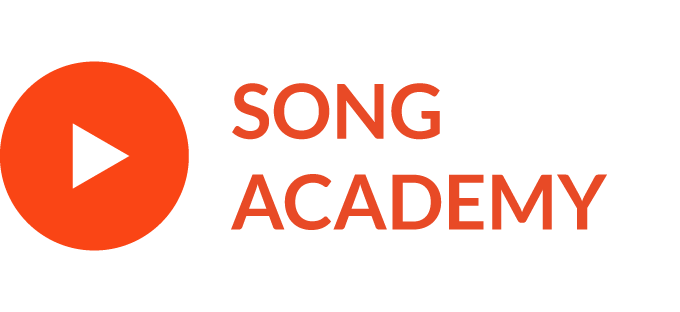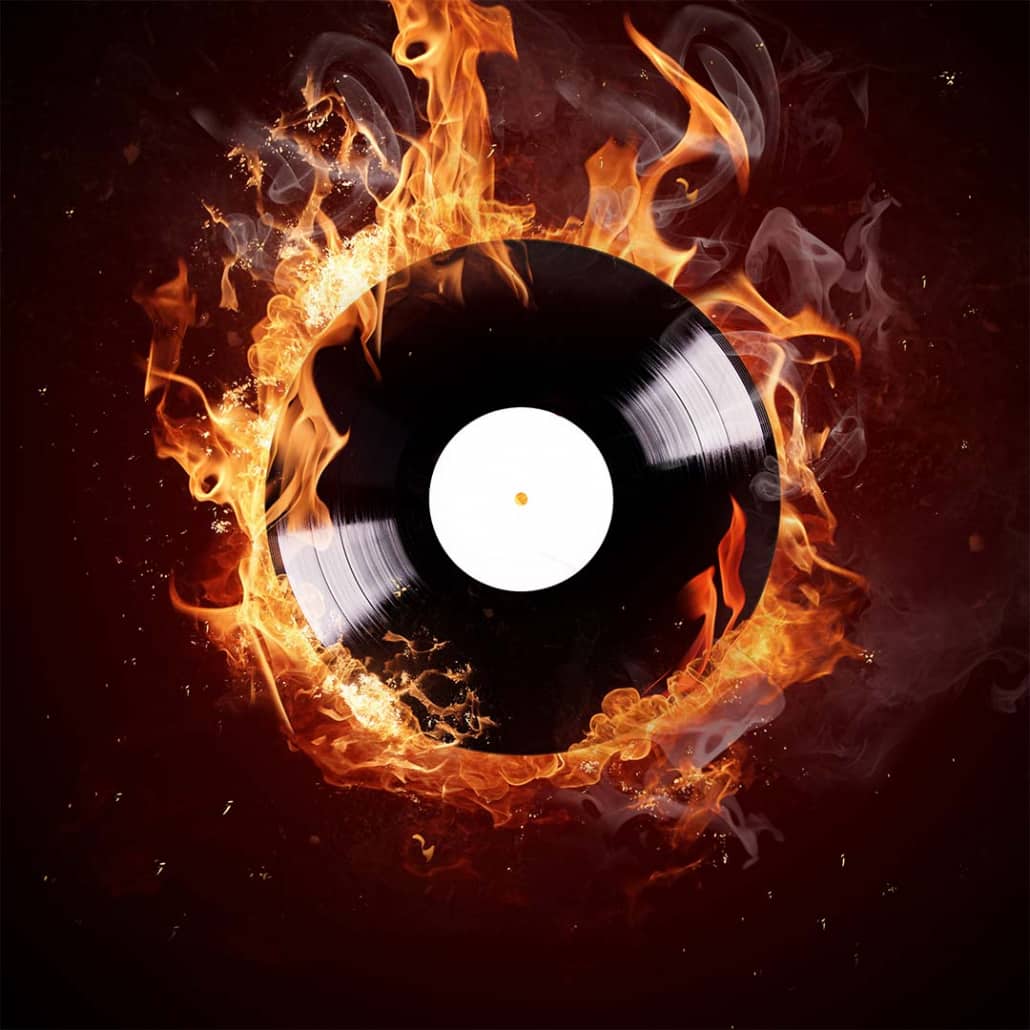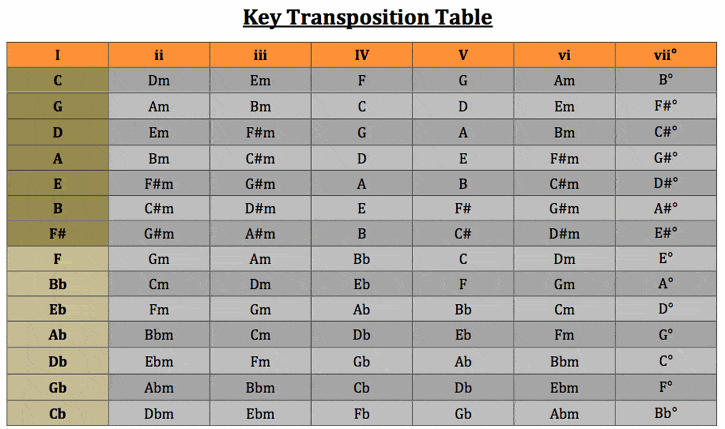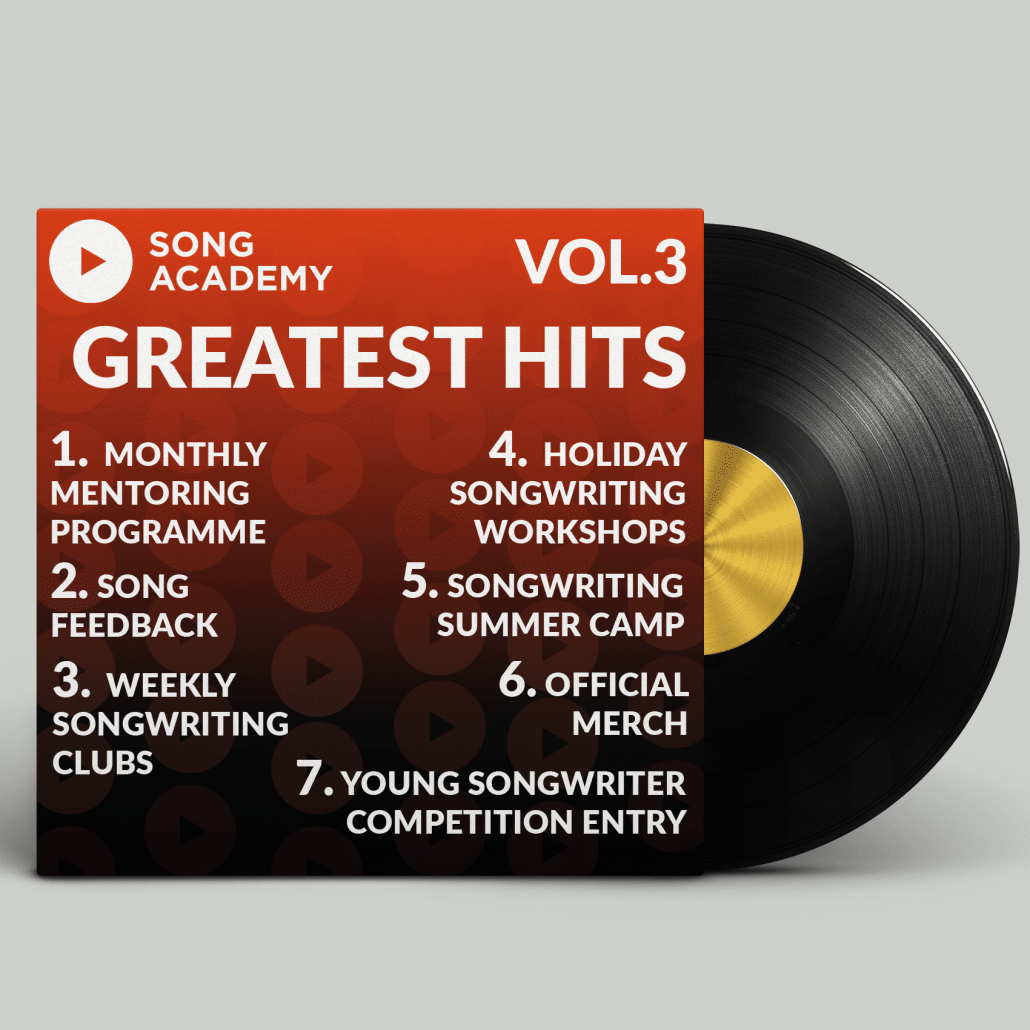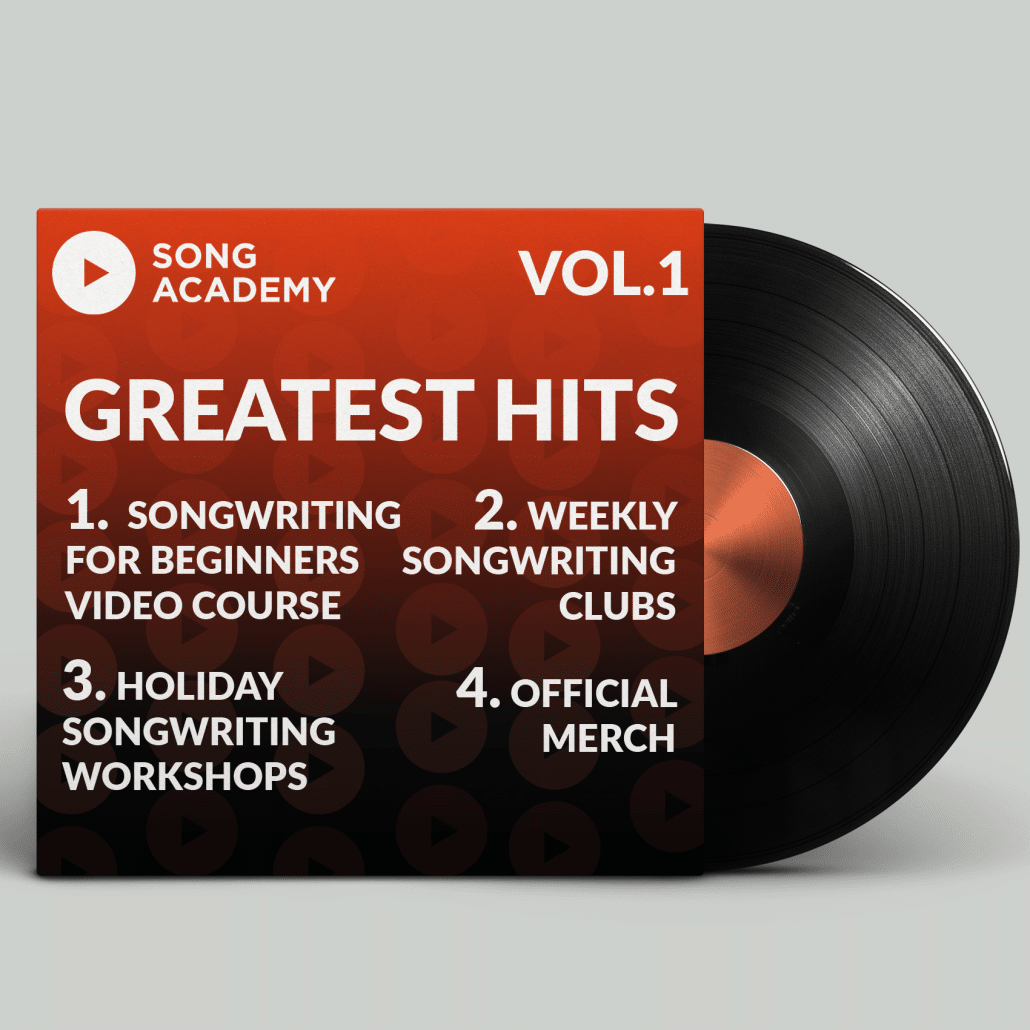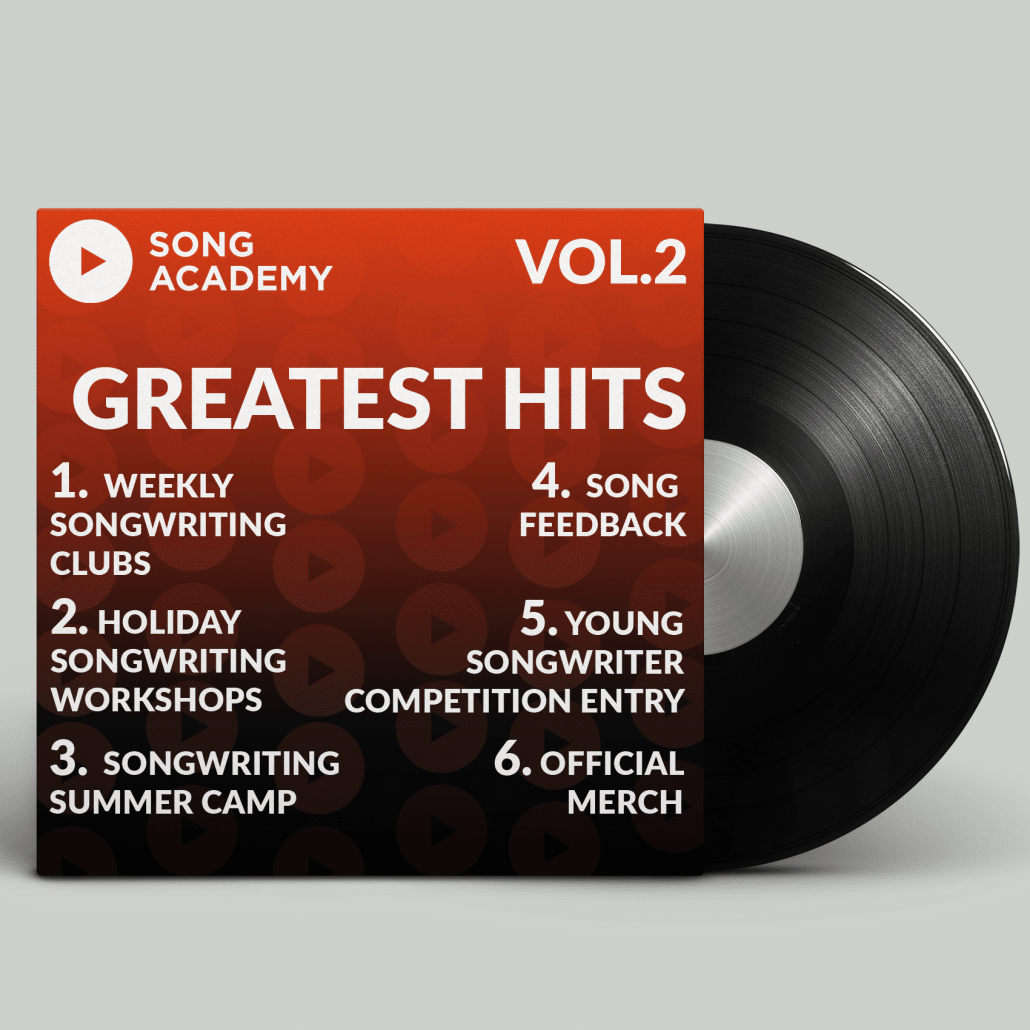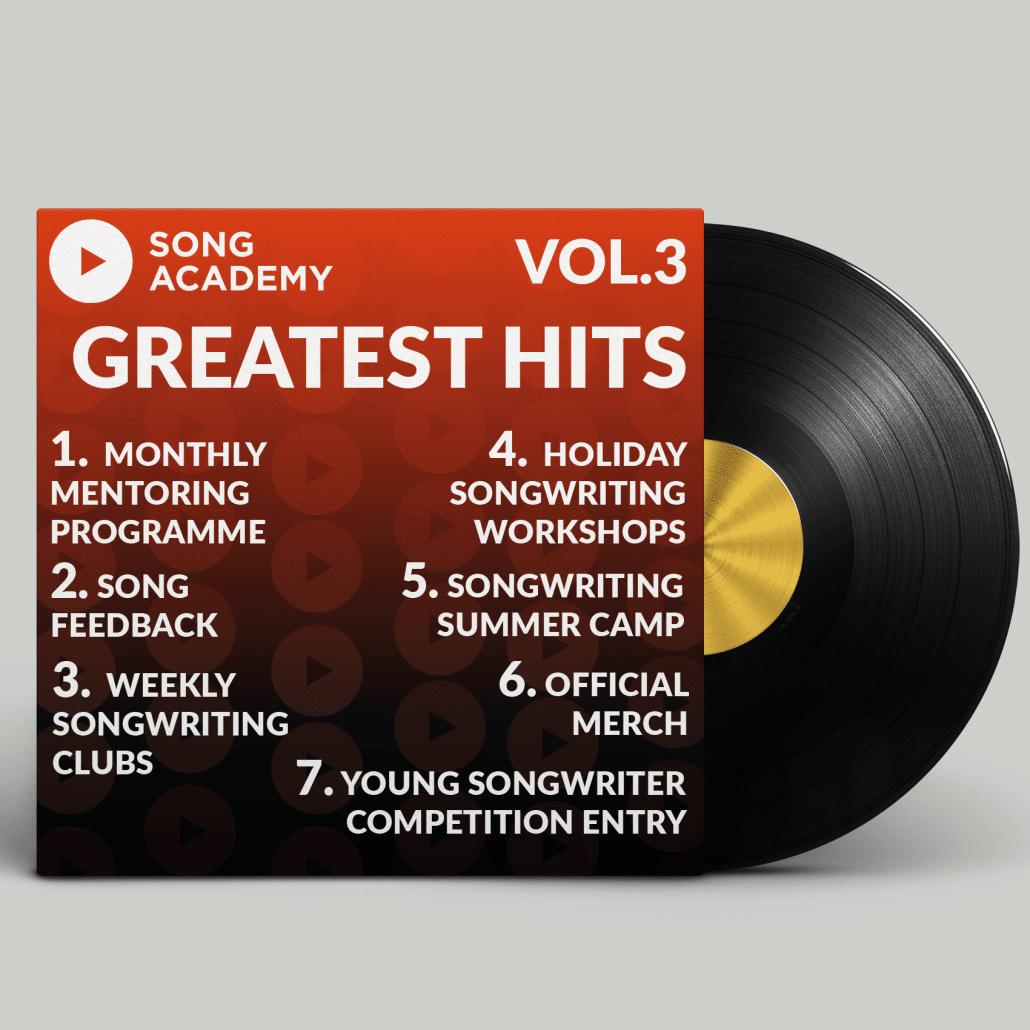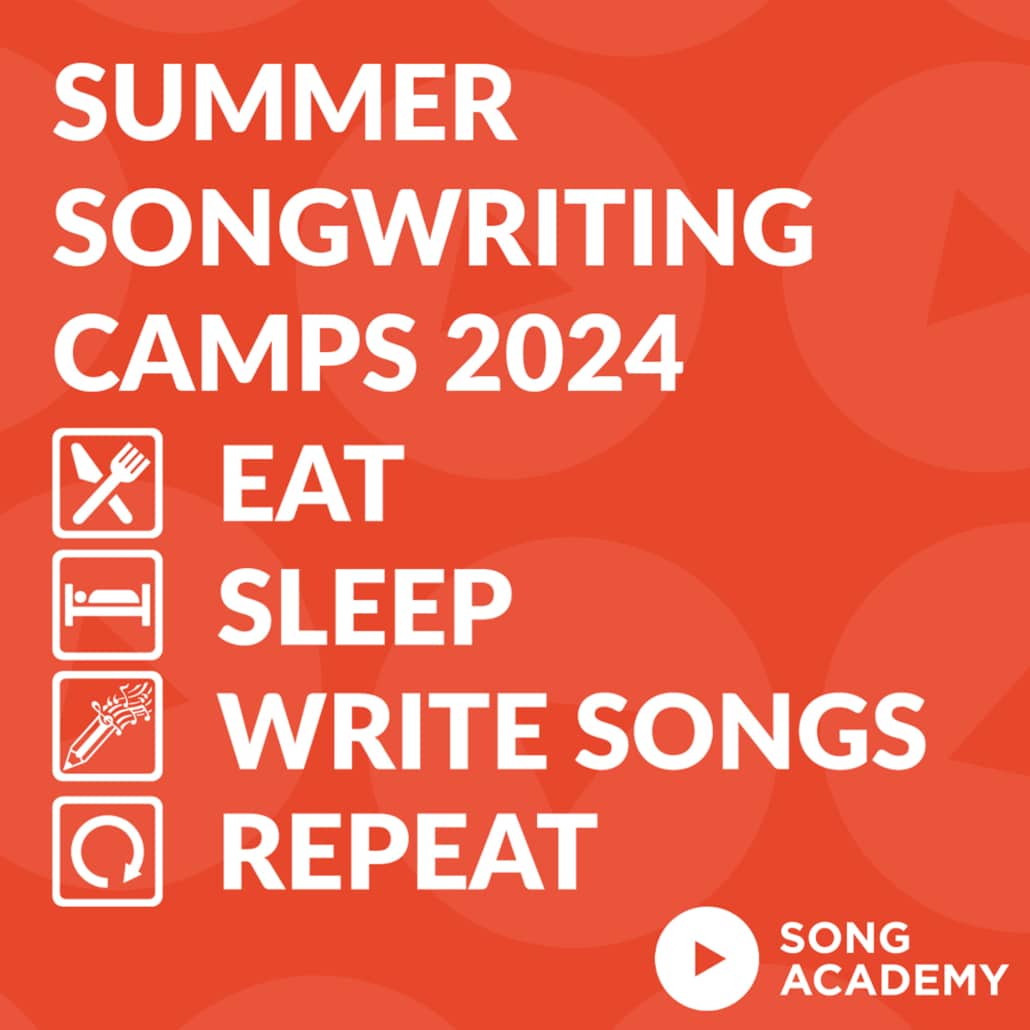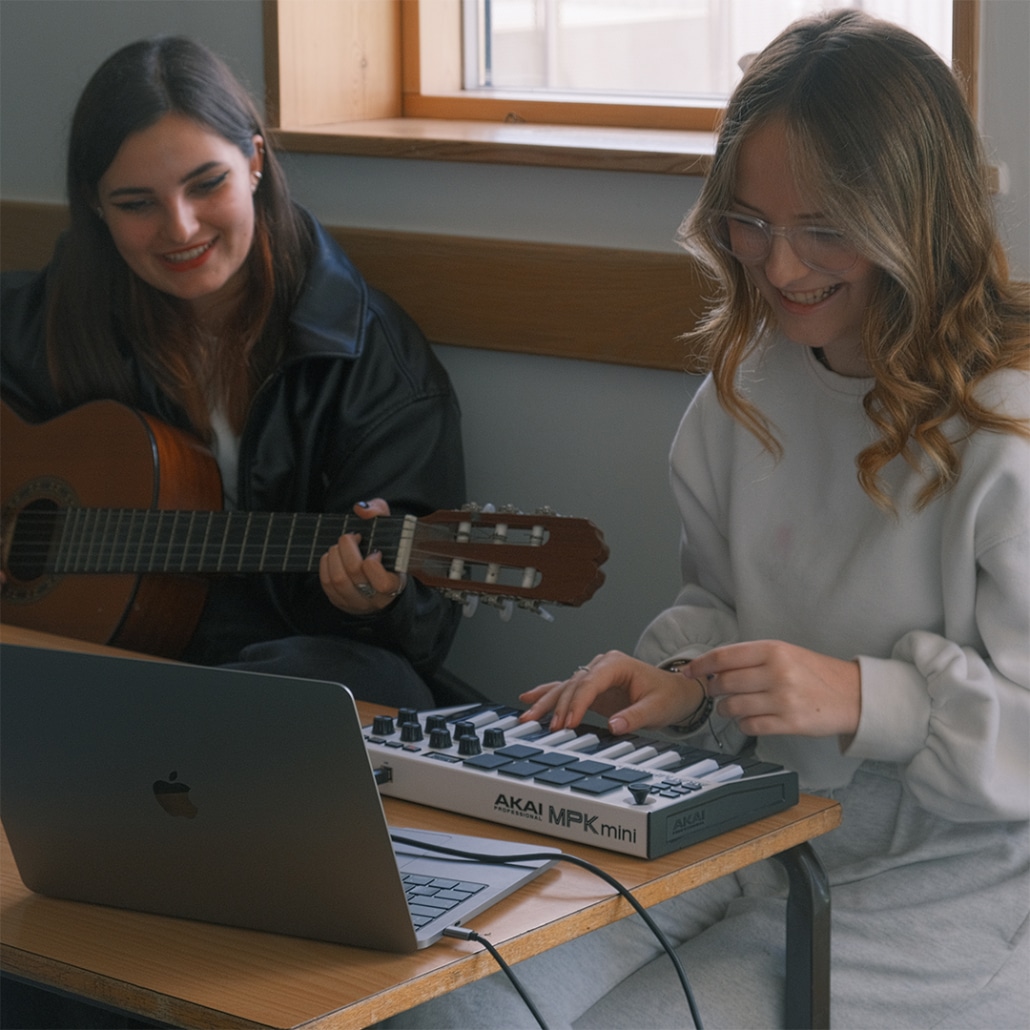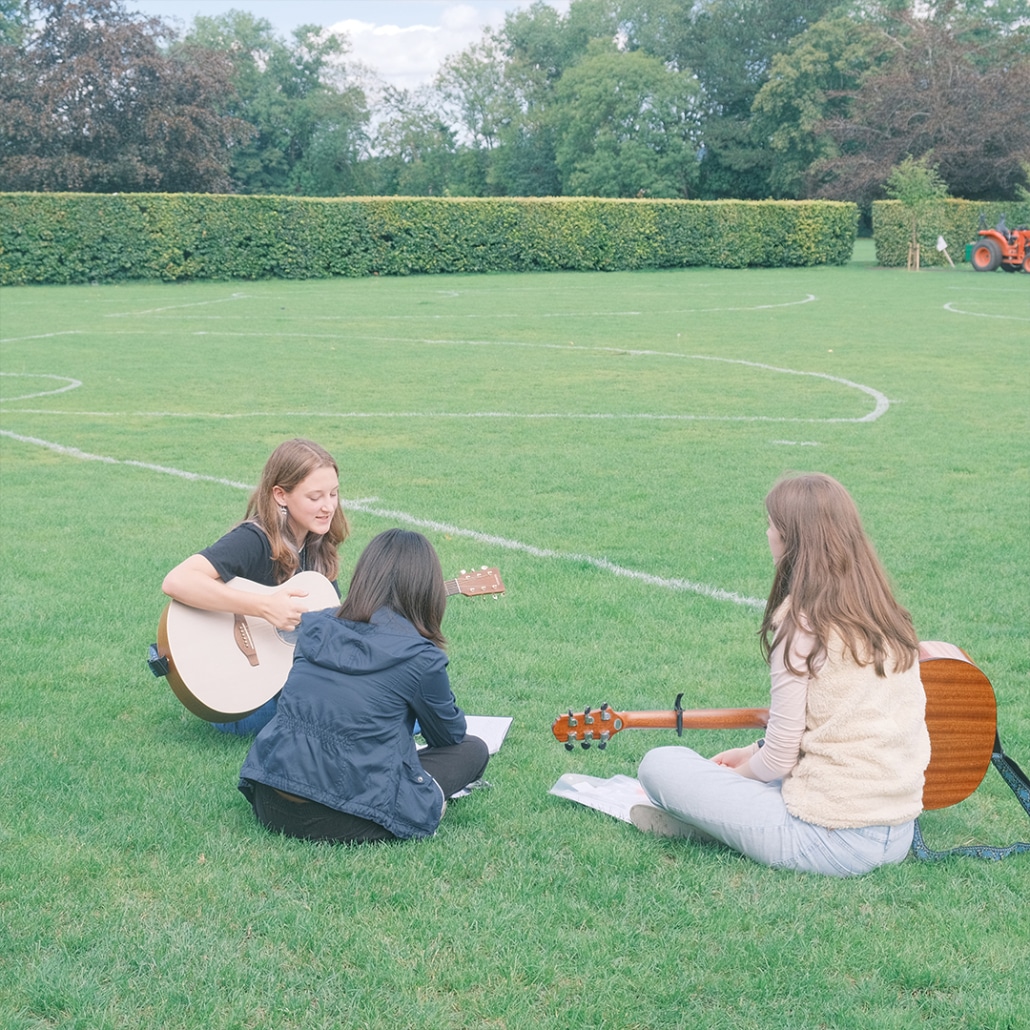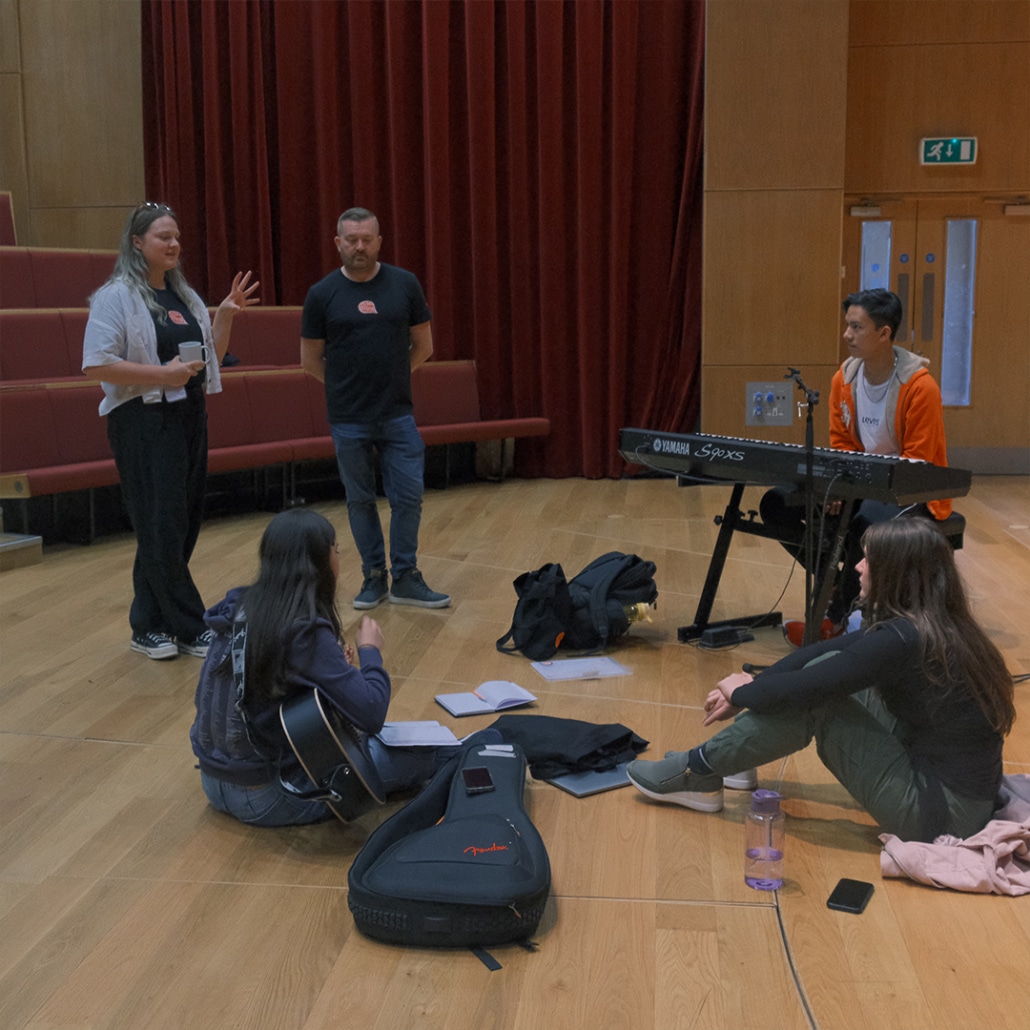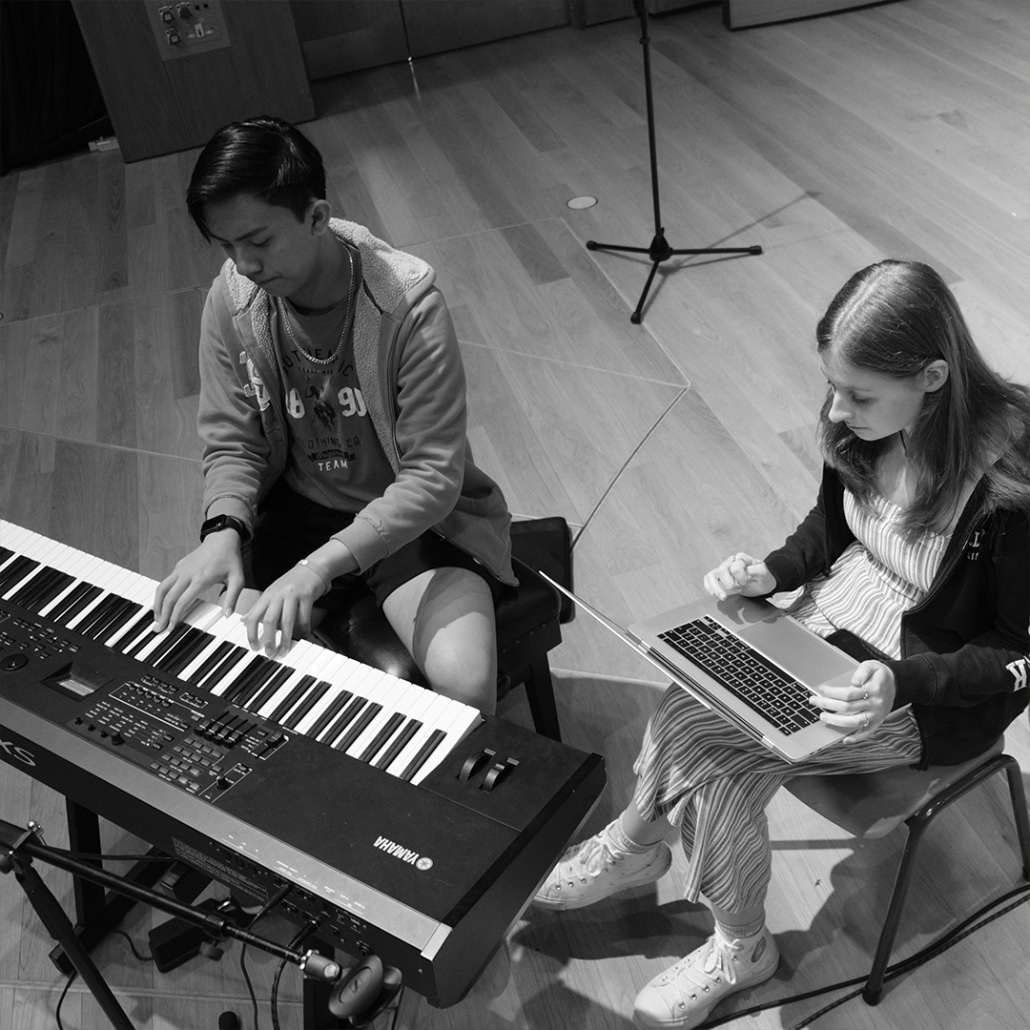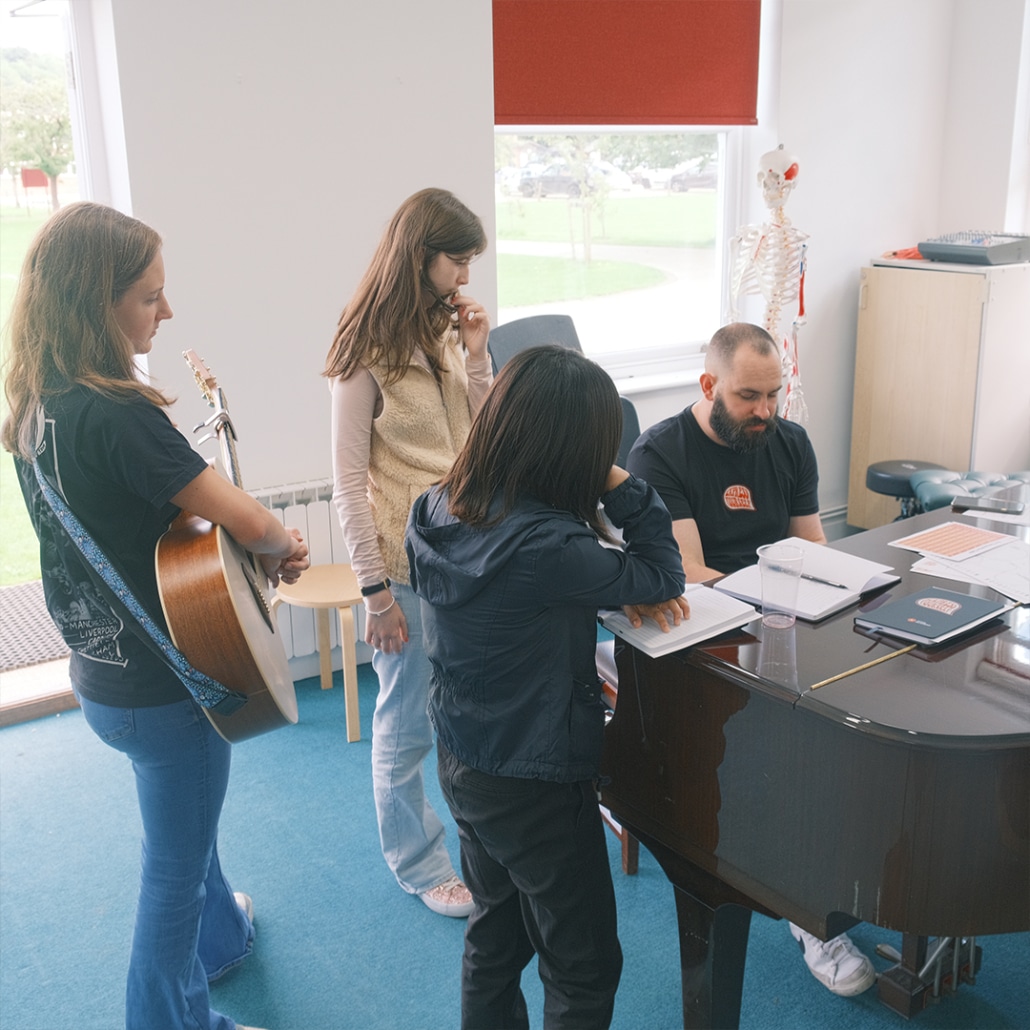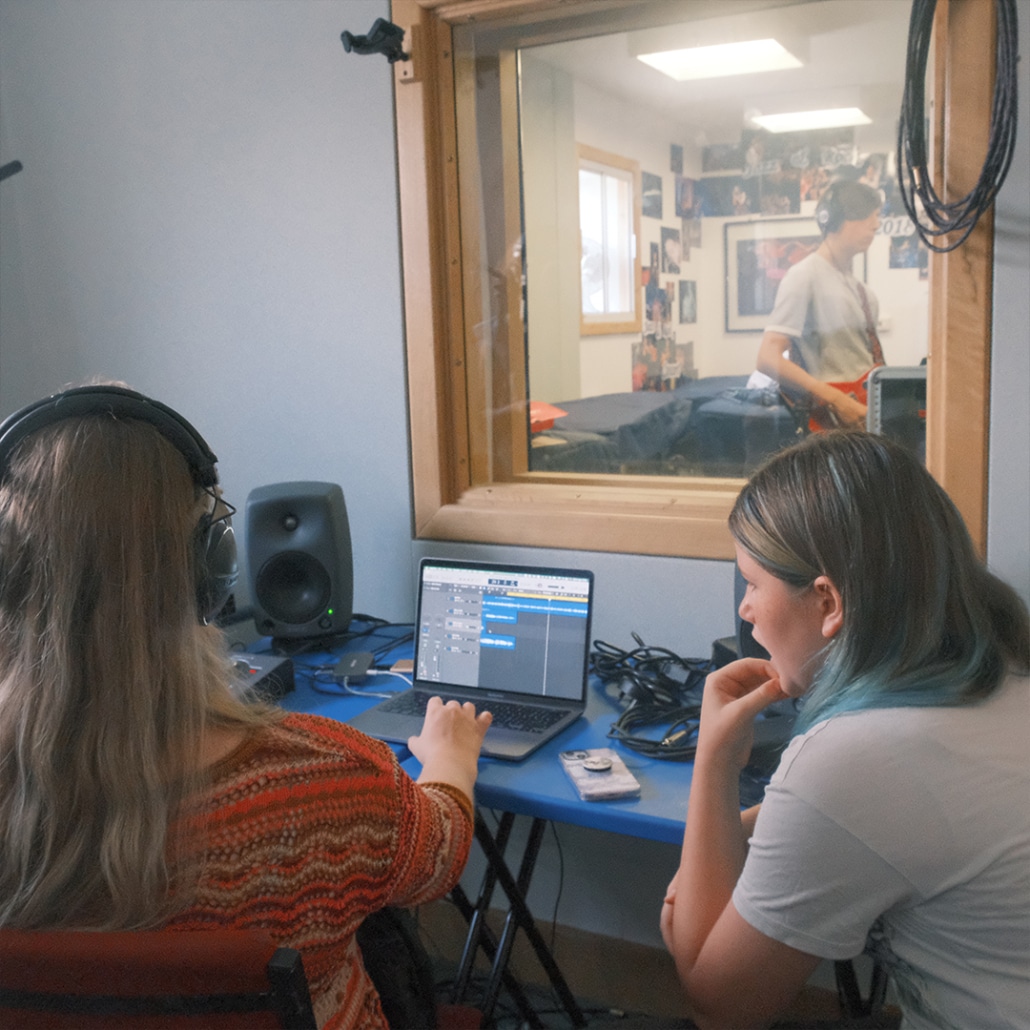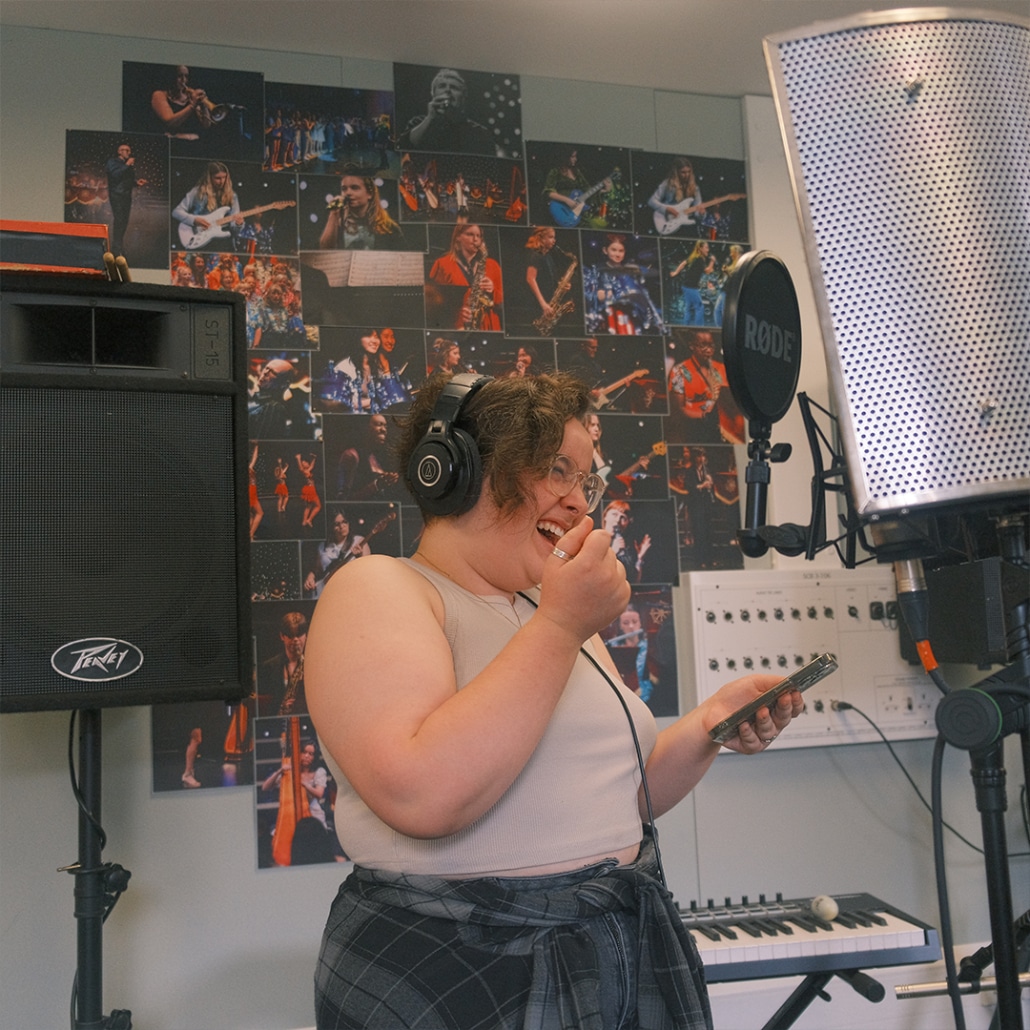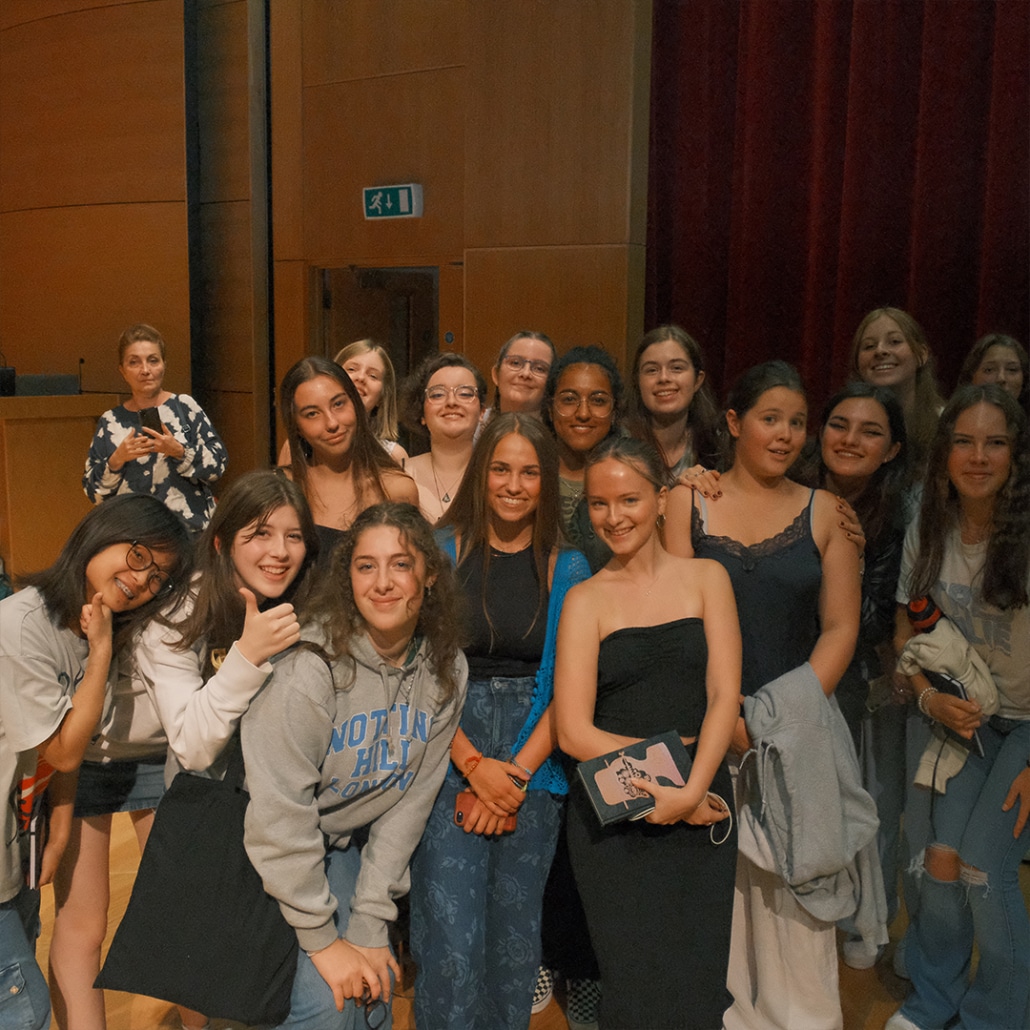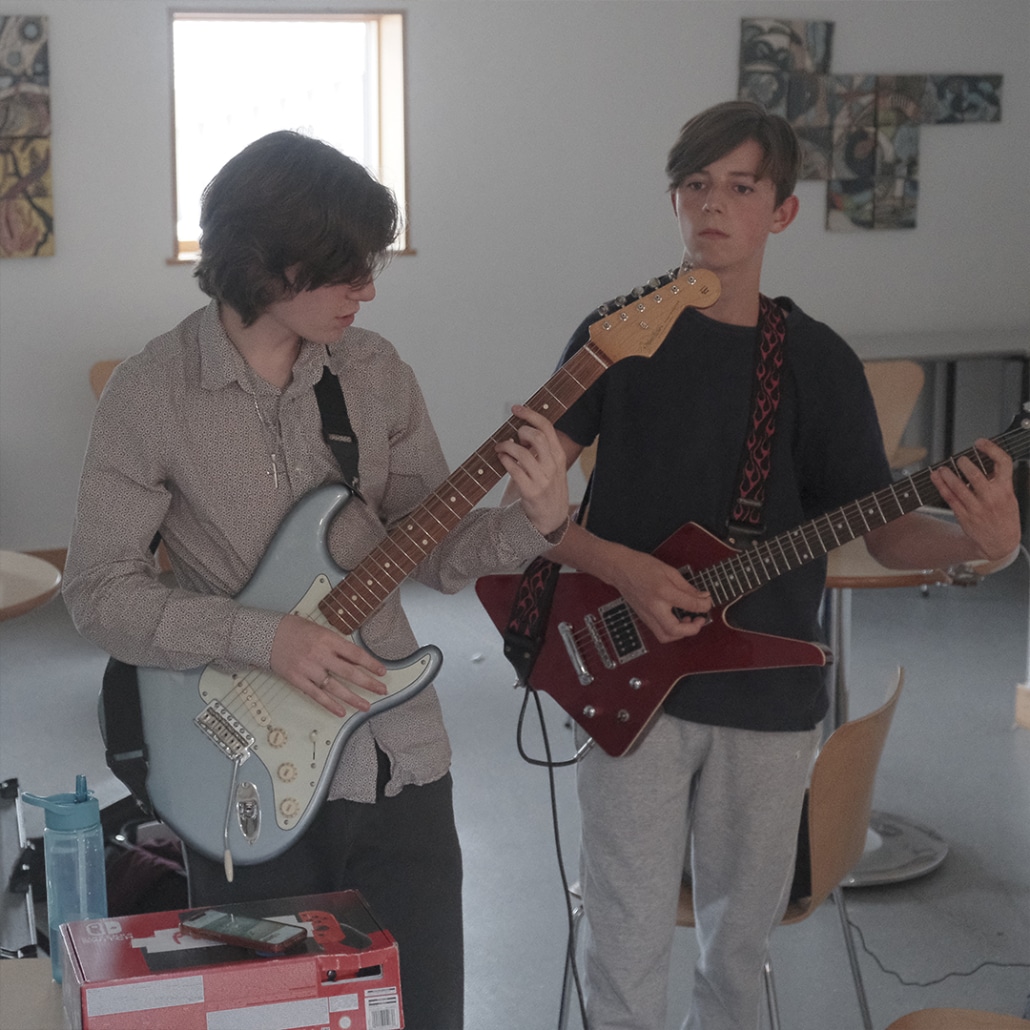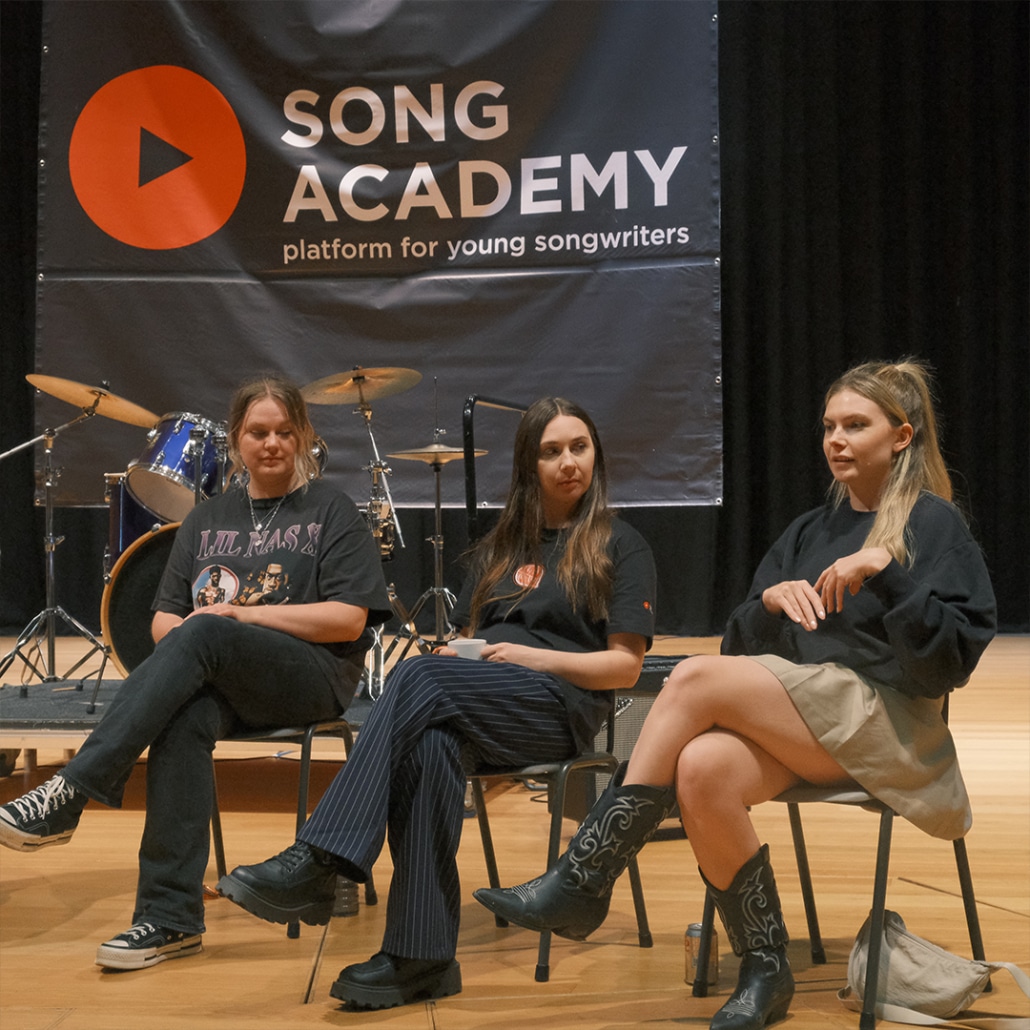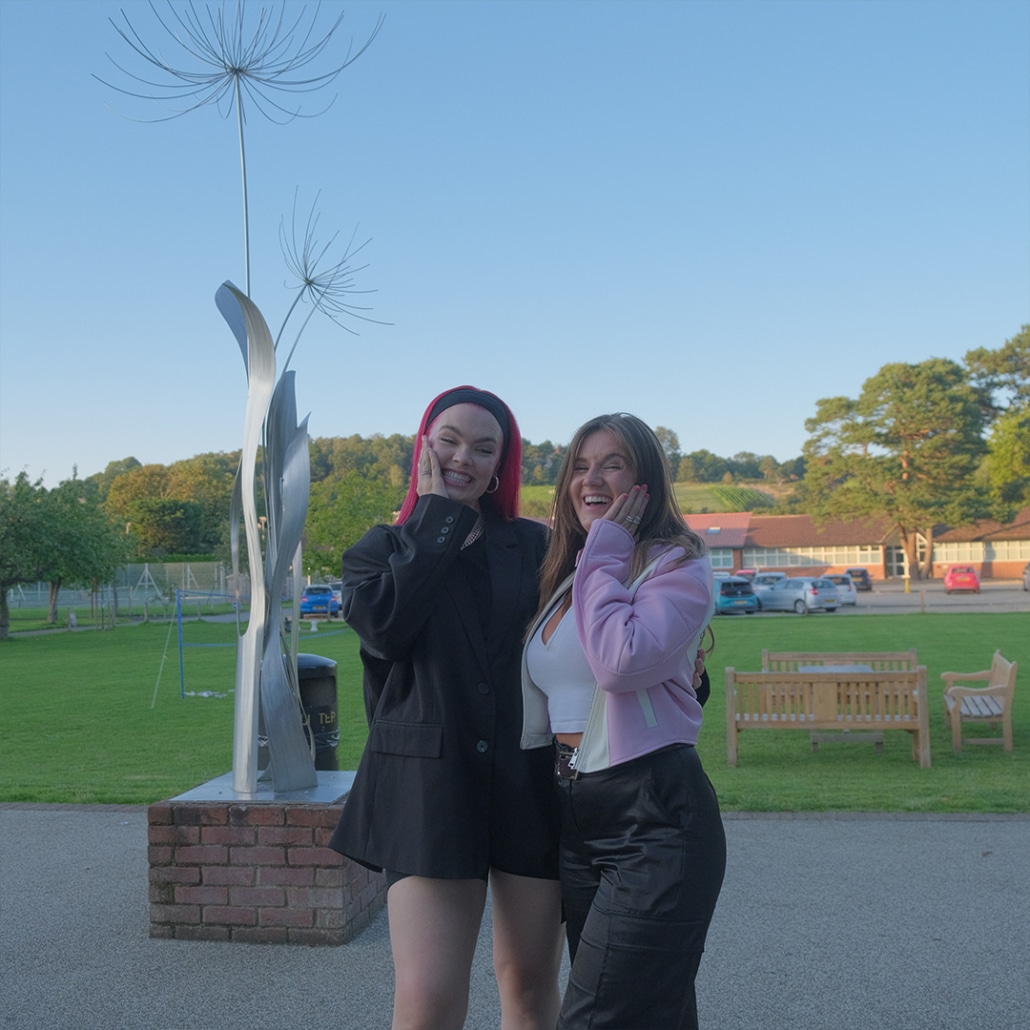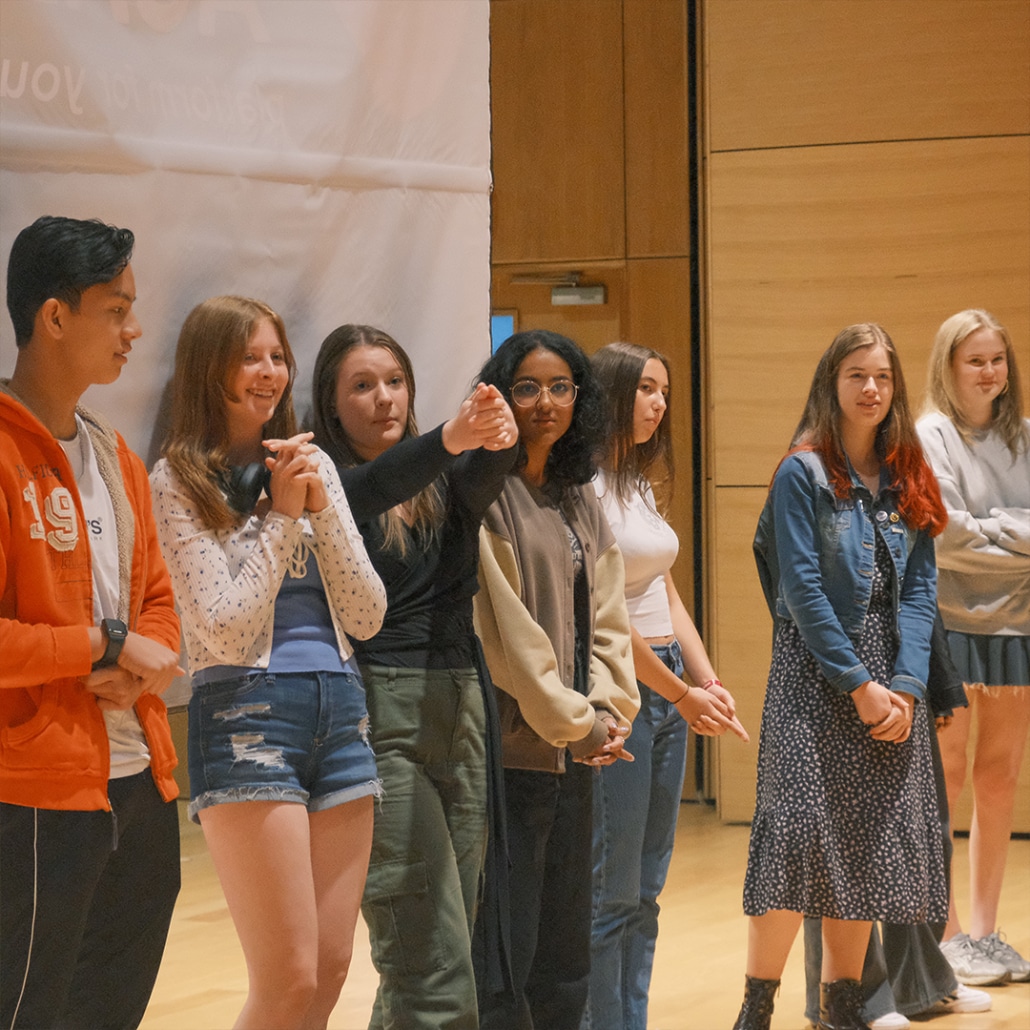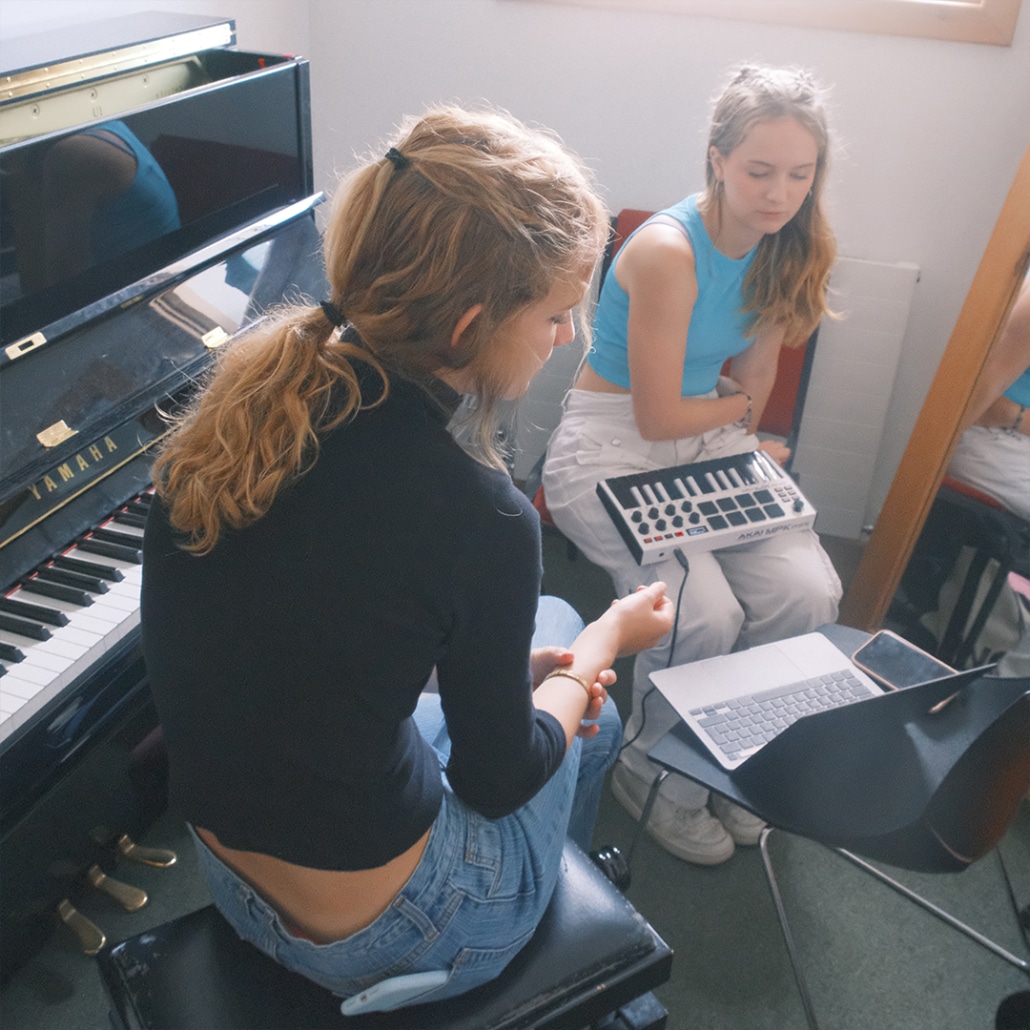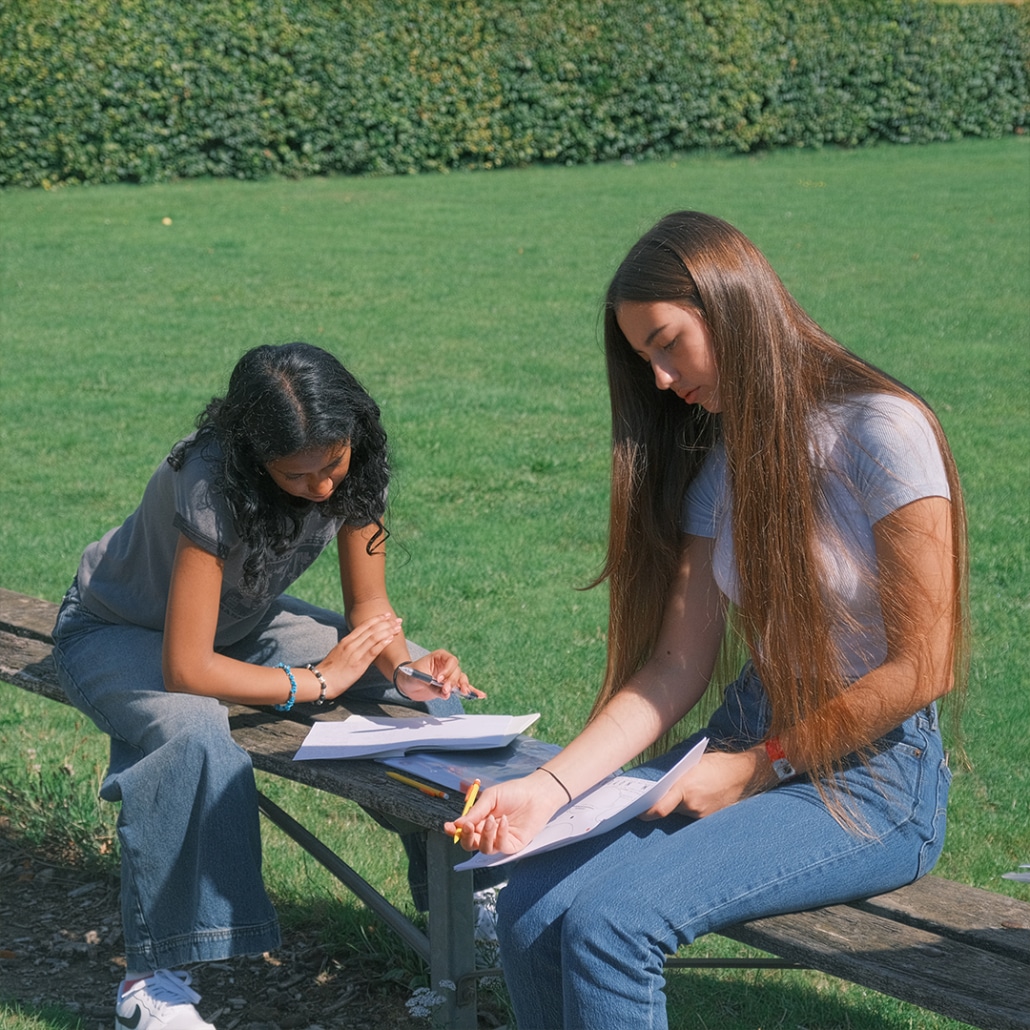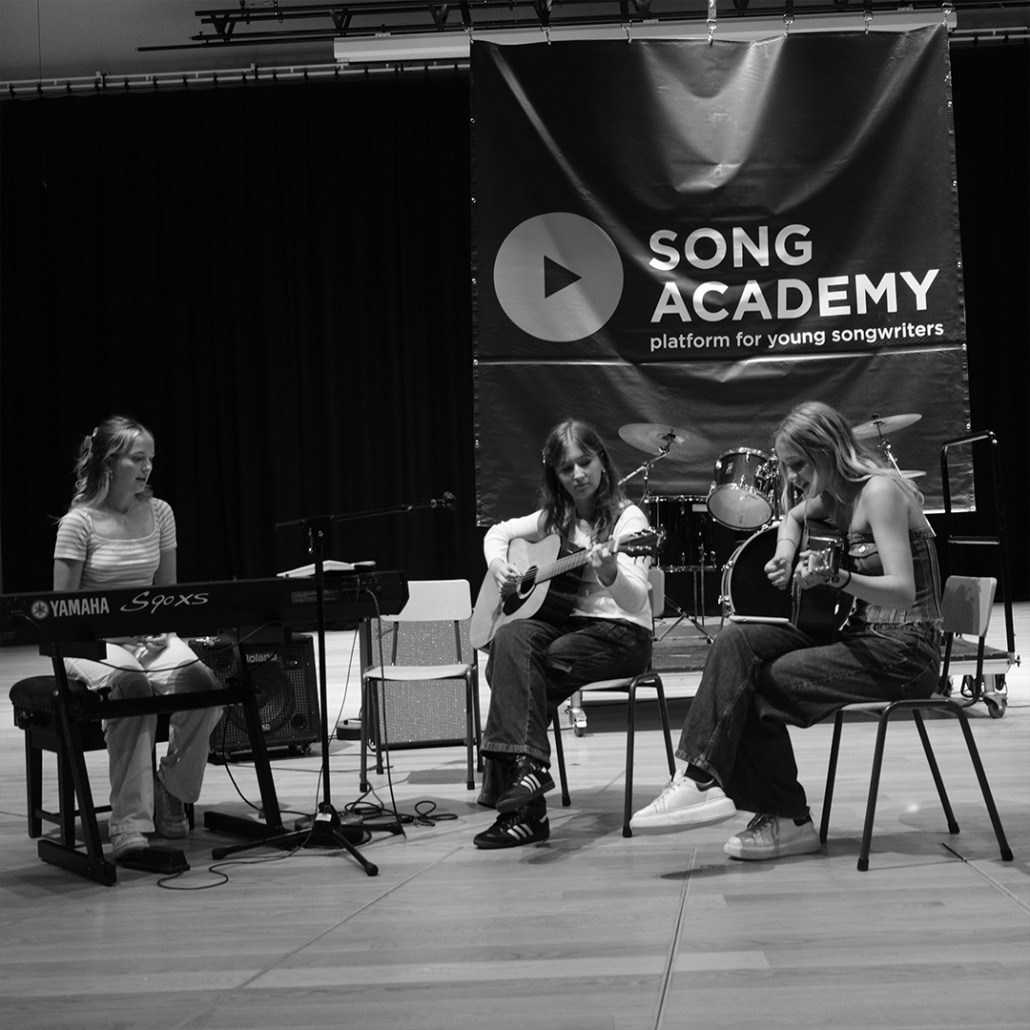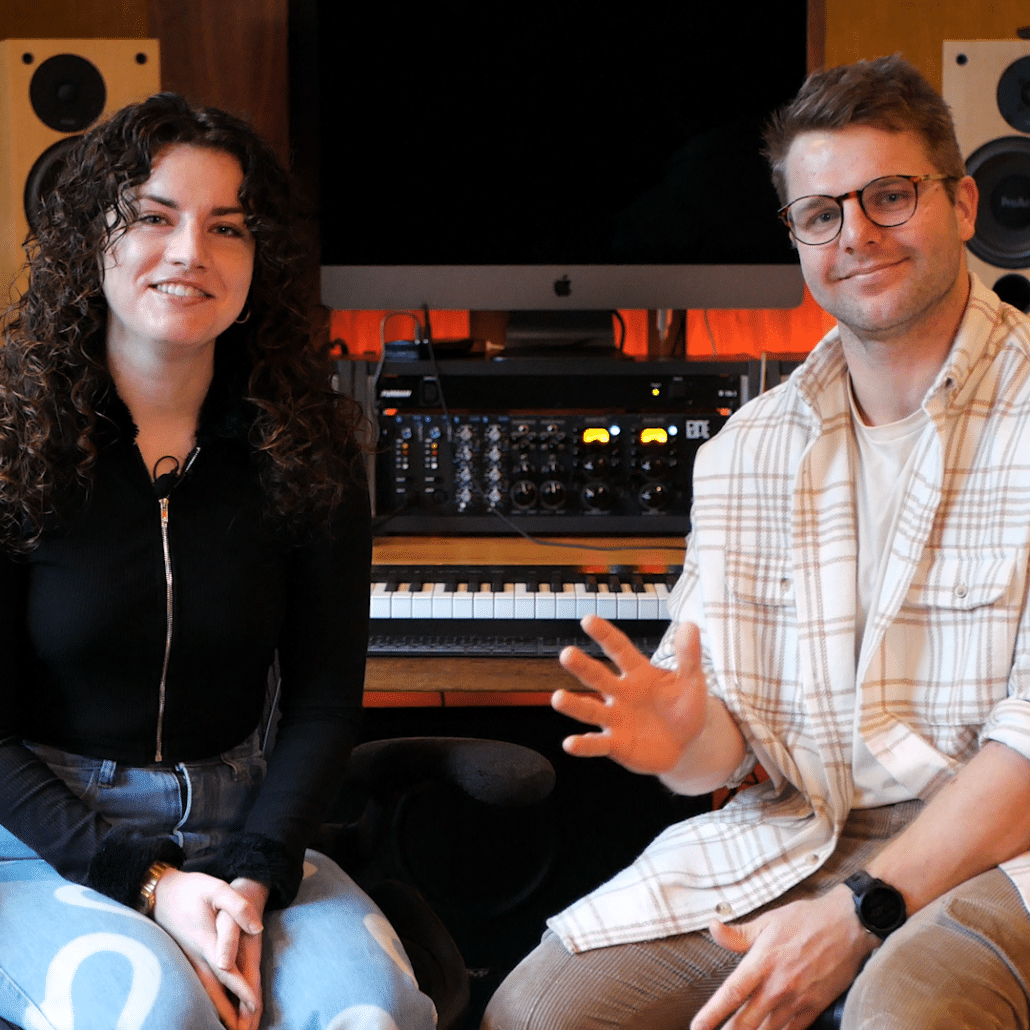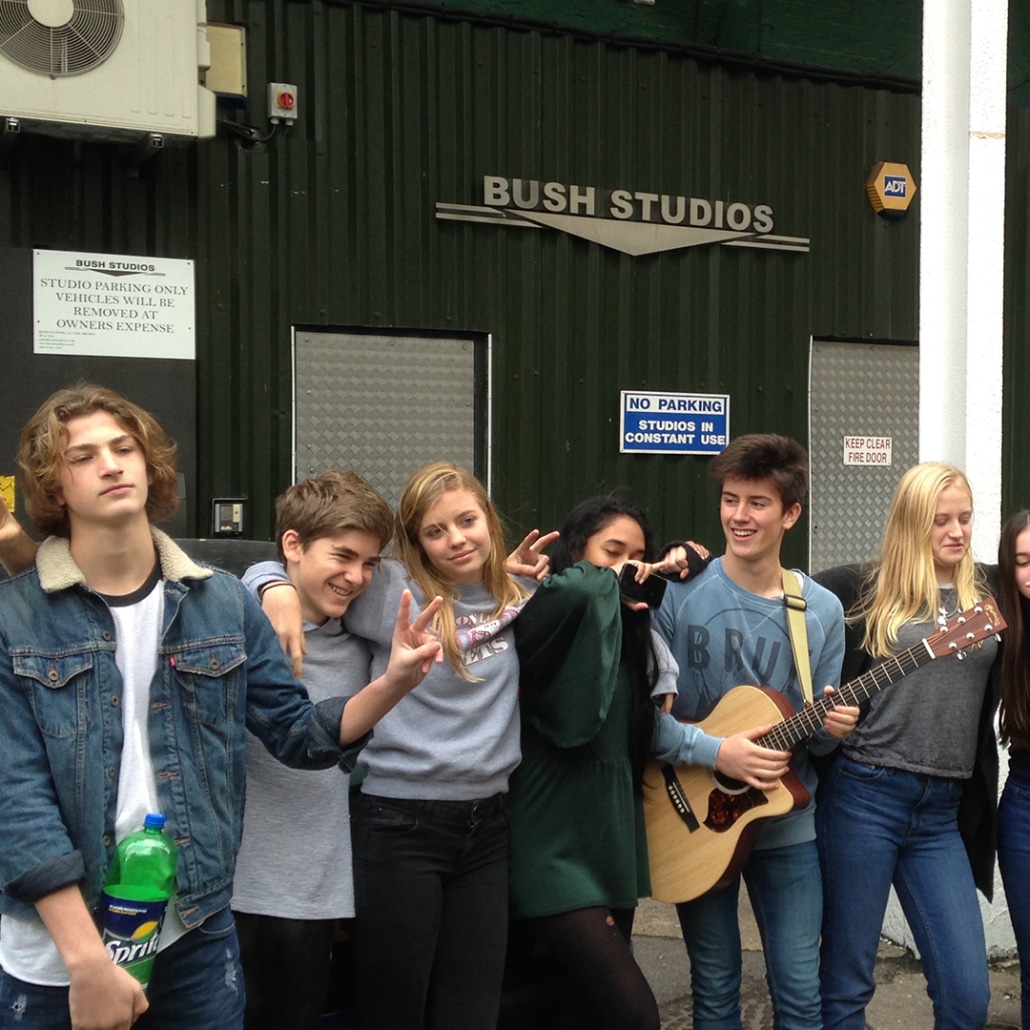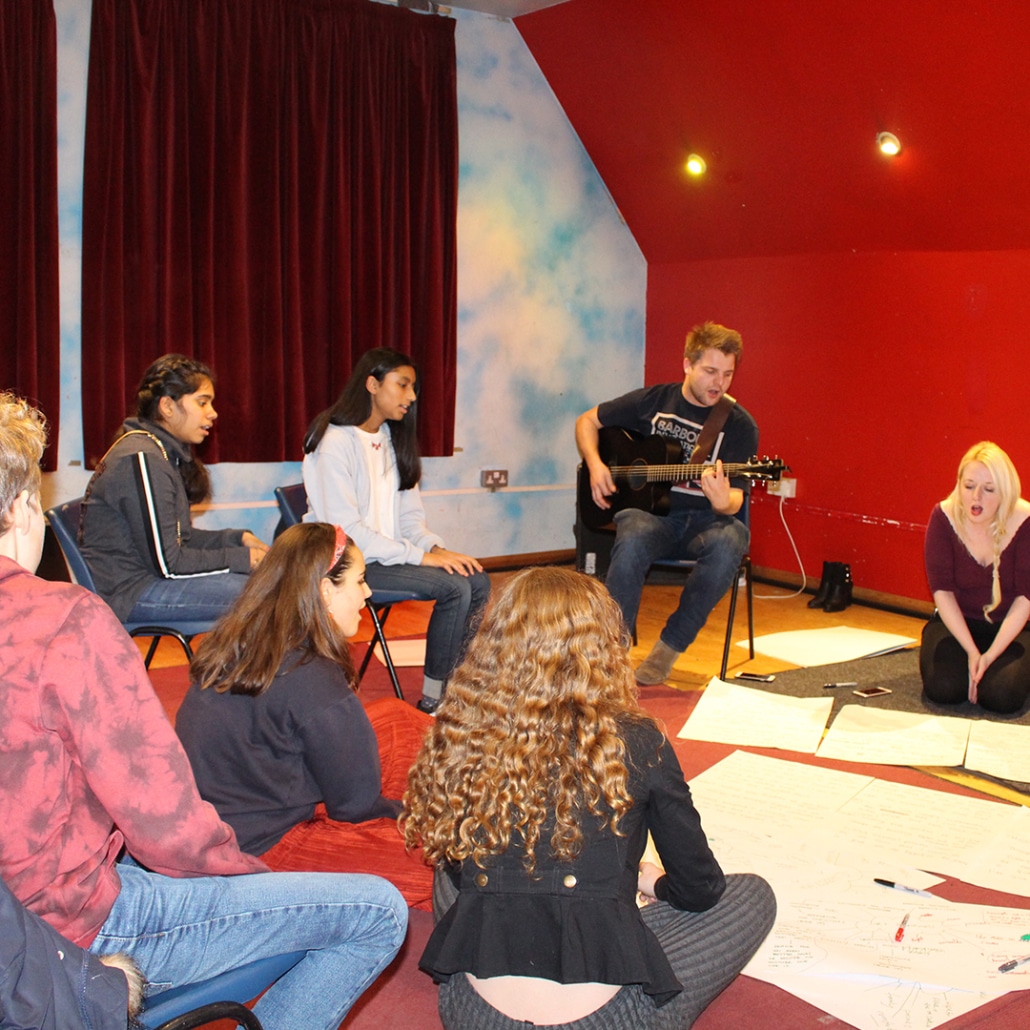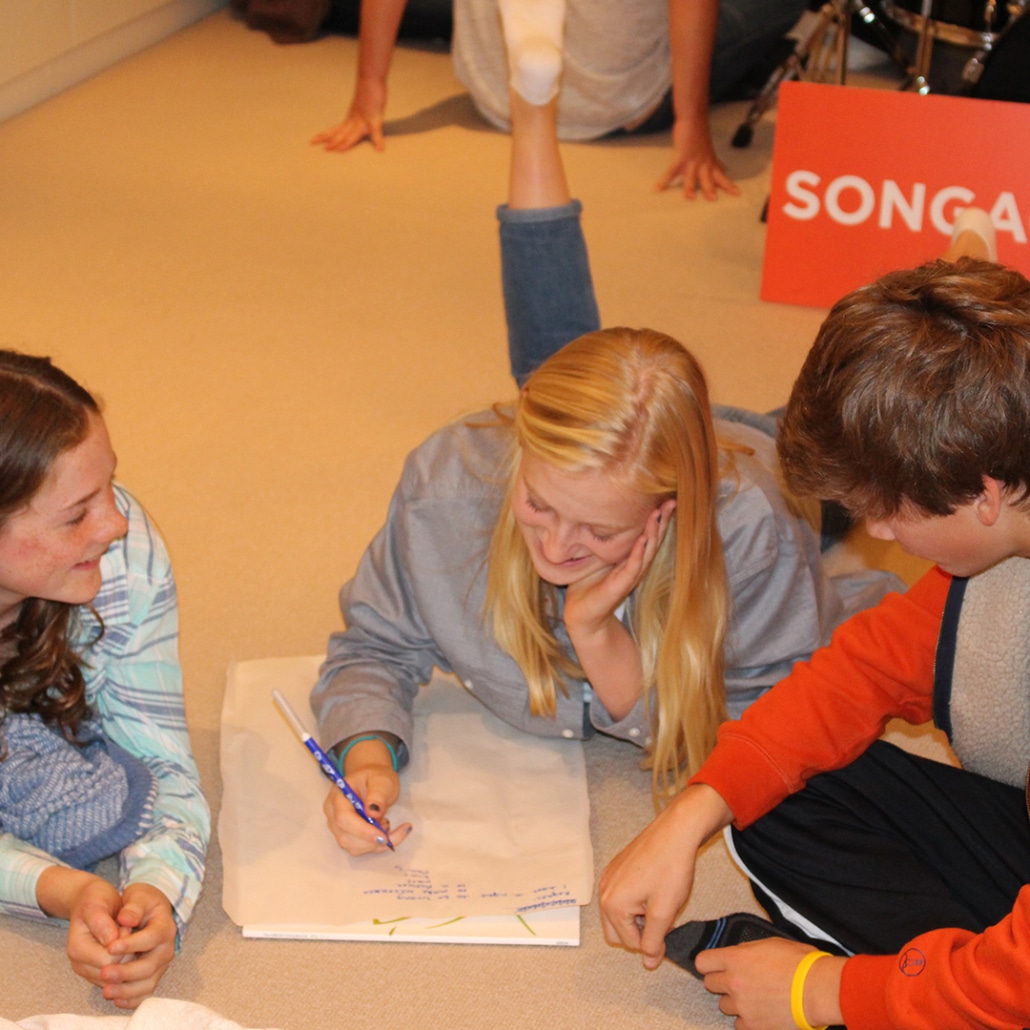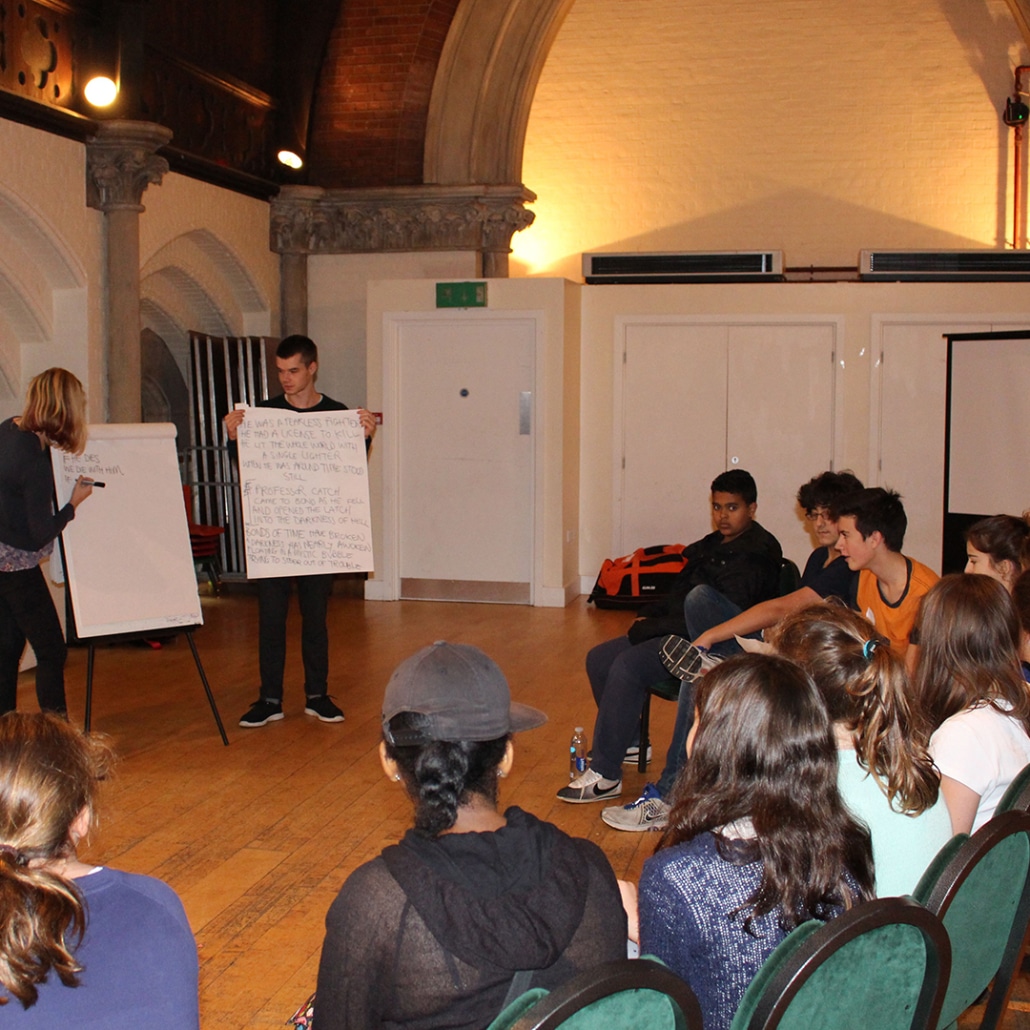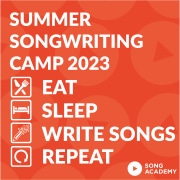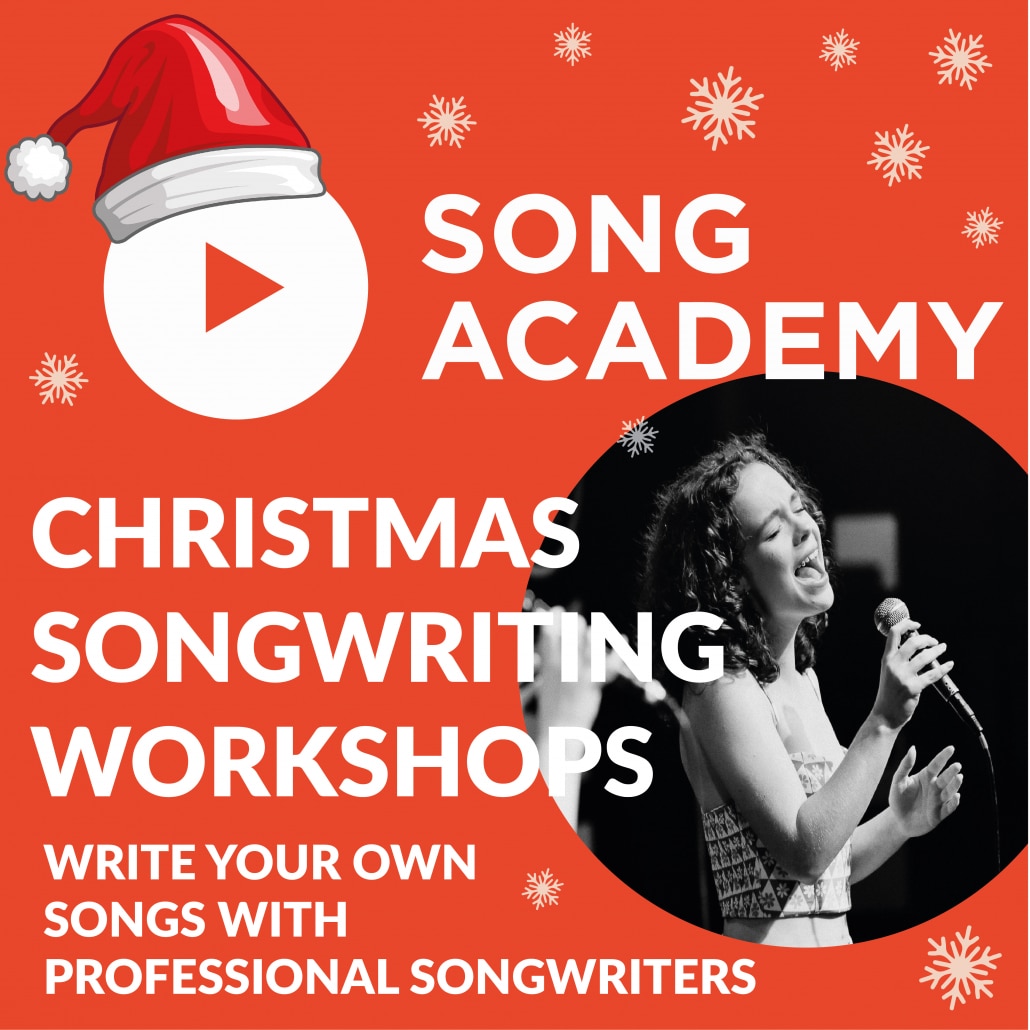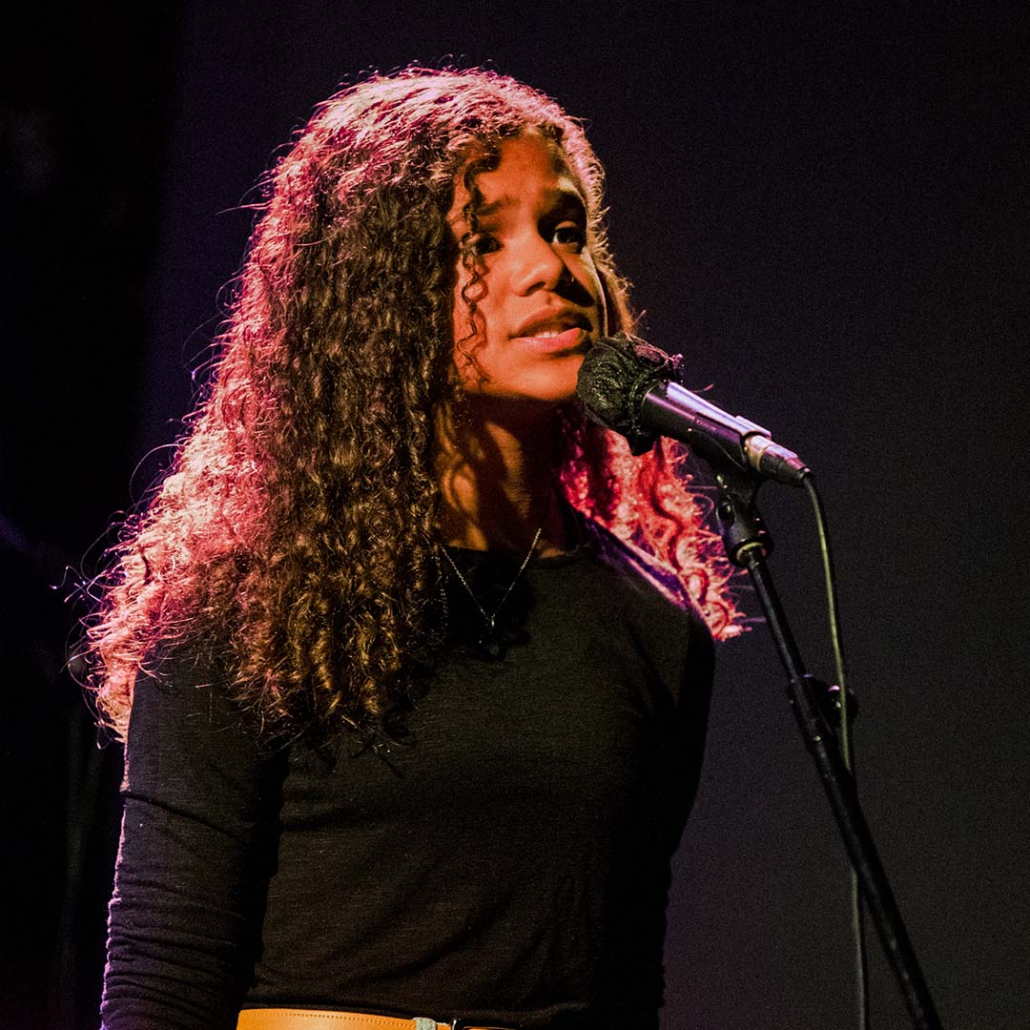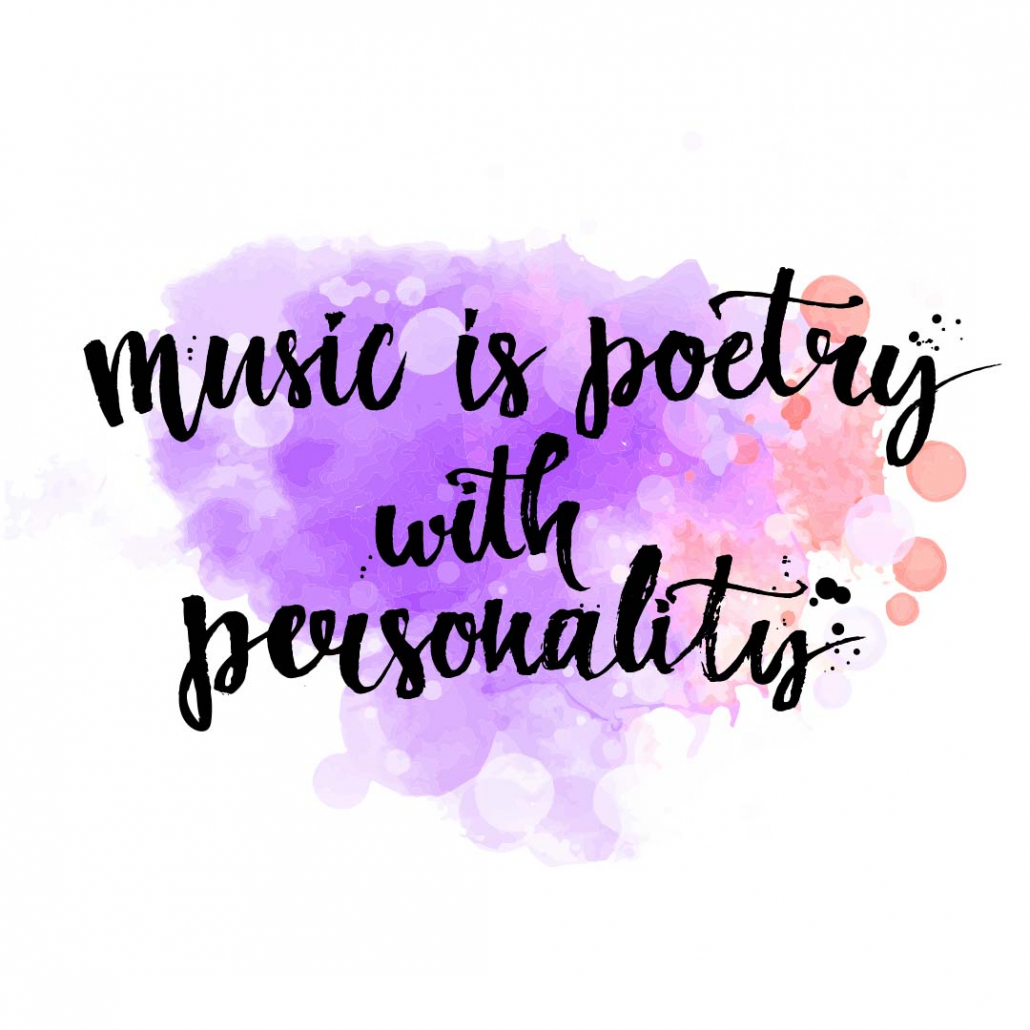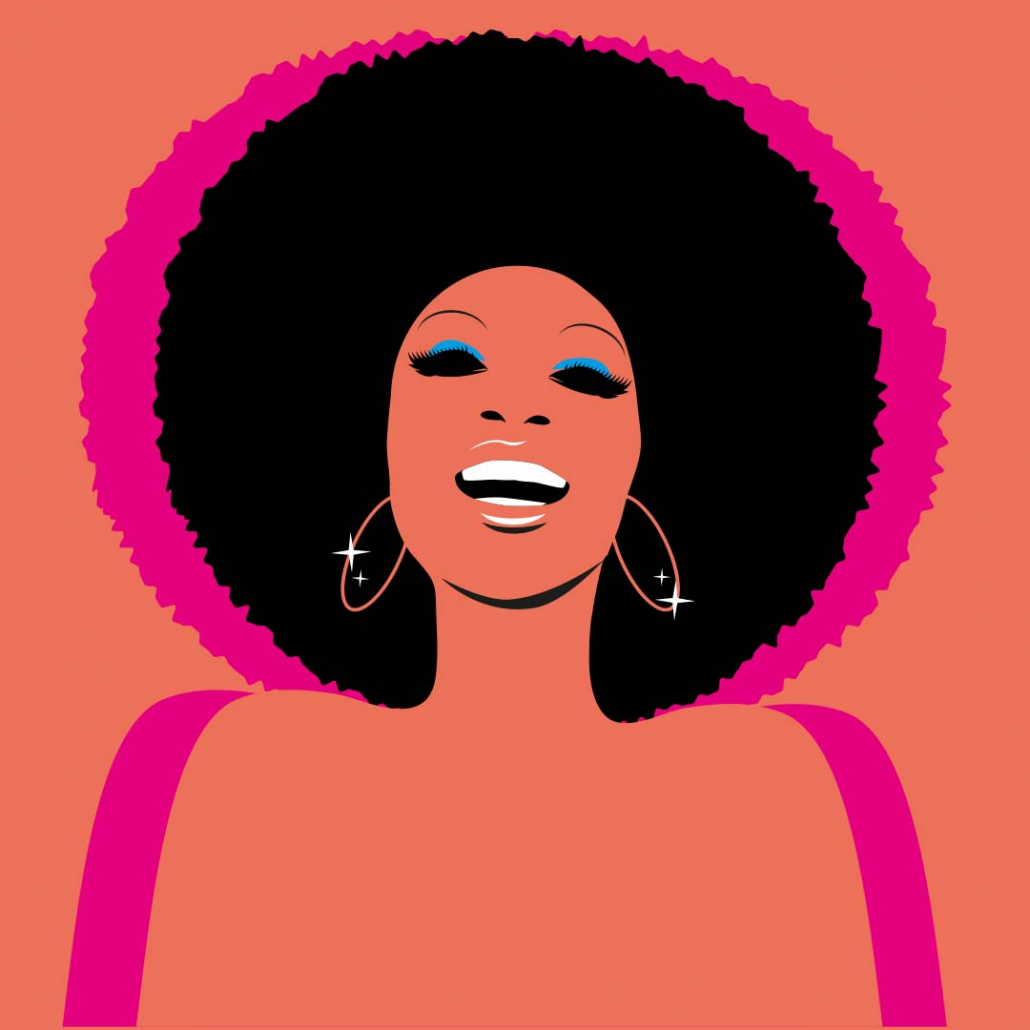Want to win The Young Songwriter 2025 competition?
Every year we get asked the questions “what type of song should I enter into The Young Songwriter competition?” and “do you have any songwriting tips?” so we thought we would put together some ideas and guidelines to help you write a winning song!
We’re looking forward to listening to your songs! This post aims to give you an insight into what we believe are some of the important elements of a brilliant song. Please also see our songwriting resources for young people.
The main things that we listen out for when judging The Young Songwriter competition entries are captivating melodies, evocative lyrics, a coherent structure, a catchy chorus, emotive performances, clever use of rhyme, a sense of anticipation, and strong concepts.
It’s important to say at the outset that songs which break all the rules and defy any expectation can be the biggest hits of all! Therefore, in as much as there are so called ‘rules’, feel free to bend and break them if you feel inspired to!
The power of songwriting is that no matter what inspired the songwriter to write a song, the listener interprets the song in their own unique way, and finds strength from the message and connection.
Here are some elements of the songwriting process which we think are important:
Have a strong theme/concept
One of the key components, and biggest challenges, of songwriting is trying to express common, relatable feelings in an original and interesting way. The more inventive you can be when describing your feelings or experiences (for example, the pressures and joys of growing up and living in our society), the better. It’s a great way to express yourself by talking about issues you are passionate about in an engaging way.
Young Songwriter competition entries always cover a huge spectrum of topics, from personal experiences and feelings, to wider issues involving the writer’s communities, or even the entire world. Looking back on prior years, a popular theme was the state of the planet and awareness of environmental issues such as climate change. Another theme that came up a lot was mental health, with songs exploring anxieties, depression, drugs, death and high expectations. We also received many entires that explored the need be who you are, embrace your individuality and go for your dreams. Many songs took a stand for equality and freedom from barriers. Love and heartbreak always feature highly in Young Songwriter entries, with many different spins: we broke up, we’re breaking up, we’re about to break up, we’re not going to break up, I wish I could break up with you, we didn’t break up, I wish I had someone to break up with. Also, songs about the pain of toxic relationships and unrequited love.
But not all songs have to be dramatic and poignant – many people wrote songs about aspects of everyday life, like nature, sunlight, boredom, society, the stars, anything! Through lyrics and harmony the seemingly banal can sometimes be lifted onto another plain. It is great to be able to find inspiration in ordinary things, and it’s an amazing skill to be able to present those things in a way that people find exciting.
Plested, one of the fabulous Young Songwriter competition judges gave a great songwriting tip ‘Try to find a word or a phrase that a lot of people say in everyday life but not many people have sung about”, then write a song about it.
Come up with an interesting song title
A song title is almost like a book cover, so make it interesting! Compare a heartbeat to a flashing light or the feeling of losing fear by roaring it away – the more inventive the concept around the ordinary, the better. Think of recent hits Dark Horse, Wrecking Ball, Pompeii – interesting titles and concepts talking about everyday feelings to do with fear, love and empowerment. It can also be a good way to start a song, having a strong title that sets the theme of the song can inspire more lyrics around it!
We’ve had many interesting song titles in The Young Songwriter competition past entries, including; Biting Into Ice, Concrete Sheets, Sneaks & Geeks, Dead Plants, Like Lava, T-shirt, Packet Full Of Noodles, Armour, Paperclips, Shine in the Darkness, Blue Fingertips, Burnt Peaches, Lies In Makeup, Sungrazer, Hijacked By Parasites, Reset, Little Alchemy, Dopamine, Me Myself and I, Mrs Ocean, Keyboard Warrior, Battlecry, Muddy Clear, Growing Gills, Swim Against The Stream, Muddy Boots & Messy Hair, Ode To Ego, Painting With Colour, Helvetica, Puppeteer, Head Full Of Clouds, Same Blood, Mindless Town, Can’t Buy Forgiveness, Cat And Mouse, Fading Rainbow, The Taste Of Dust.
Make the first four lines agree with your title
The great songwriter Ralph Murphy says it very well in his books on the laws of songwriting – if the first four lines of your first verse can link back to your title then you’re onto a winner. Take for example Roar by Katy Perry:
I used to bite my tongue and hold my breath,
Scared to rock the boat and make a mess,
So I sat quietly,
Agreed politely,
Now you’re gonna hear me roar.
You create an expectation, and then you fulfil it. By doing this, you never lose sight of the message of your song, you keep in mind what you’re trying to say by always referring back to the title, thus never losing your listeners’ attention or the concept you’re expressing in your song. It also helps emphasise the message of the song and helps people remember it!
Have a good song structure
Here’s an example of a great song structure:
Introduction — An opening passage, either instrumental or vocals without lyrics
Verse I — Introduces the song’s message and sets the scene
Pre Chorus — Link between the verse and chorus
— Builds up both melodically and lyrically
Chorus — Main message of the song
— Catchiest part and most memorable part of the song (normally includes a ‘hook’)
— Most dynamic part of the song
Verse II — Continuing the explanation of the song
— Solidifying the message and introducing new imagery
— Lyrics change, melody stays broadly the same as verse 1, but you can tweak it a bit to keep it interesting!
Bridge or Middle Eight — A contrasting section that brings the song to a new level
— Rhythmically and melodically the song changes
— Looking at the message from a different view point
— Can build up tension leading up to the climax of the song
Chorus — Repeat (can add hooks to the outro of it)
Outro — The closing passage. It can be instrumental or vocal
Write engaging lyrics
Young Songwriter finalists write lyrics that show the listener a scene unfolding rather than simply telling the listener how they feel. American songwriter Jason Blume, who has had hits with Britney Spears and the Backstreet Boys, says whilst there are no rules to songwriting, there are tools to help you craft that perfect hit. And all you need is a simple AID – action, imagery, detail.
Action:
Use verbs (action or doing words) to help illustrate what is going on in your song. For example, instead of saying ‘I miss you and I’m sad’, try and show what missing someone and being sad looks like :
- ‘I wipe the tears falling from my eyes’
- ‘I clutch a tear stained picture of you’
- ‘I drove by where we first met’
- ‘I couldn’t walk through the door where we said our last goodbye’
The action words are ‘wipe’ ‘clutch’ ‘drove’ ‘walk’.
And instead of saying ‘I love you’ or ‘I’m in love’, why not show what a person in love does?
- ‘I wrote our names inside a heart, engraved upon a tree’
- ‘I hand picked and carried home 100 flowers for you and put a vase in every room’
- ‘I sing your name like a favourite song’
The action words are ‘wrote’ ‘picked’ ‘carried’ and ‘sing’.
Write a list of action words down before starting on your next song and try and use at least 5 of them in your next song to show what your feeling.
Imagery:
Blume says ‘whilst you cannot see heartbreak you can see the images and actions that convey that a person is heartbroken’:
- ‘She fell to her knees, laying flowers on his grave’
- ‘He kisses her photo’
- ‘His tears hit the floor like a waterfall of pain’
The images are ‘knees’ ‘flowers’ ‘grave’ ‘photo’ ‘tears’ ‘floor’ ‘waterfall’. Blume also states that by including ‘tangible items’ and nouns in your lyrics like ‘furniture, clothing, a car, a house, a specific place, food’, you enable your audience to enter your song.
Along with your list of action words, try and write down a list of images and every day nouns to try and include in your next song.
Detail:
This is the third part of AID that will help you to show your listener what is going on in your song. This time we’re searching for adjectives and adverbs to help the listener visualise your song more clearly. For example, if we were to go one step further with some of our examples from the Imagery section above and add a bit more detail to the floor, or the grave, you have something like this…
- ‘She falls to her knees on the cold, muddy ground and lays white lilies on his grave’
- ‘He tenderly kisses the photo of their wedding day in his old rocking chair’
- ‘His bitter tears slowly hit the wooden floor of his kitchen, like a cascading waterfall of pain’
Even with a few additional adjectives and adverbs, the scenes are much clearer to visualise; you can hear the creak of the old rocking chair, you can taste the bitter tears that fall onto the floor and see him in the kitchen, you can feel the cold muddy ground that she falls to – instantly you have transported your listener directly into the scene of your song, as if they are there with the singer, watching over what is happening.
So next time you’re stuck for lyrics, all you need is a little AID to help you on your way!
Play around with new melodies and chord sequences
Play around with different combinations until your find the melody you’re looking for. Choose a key for your song and then try out the I, IV and V primary chords as well as the II III, VI and VII chords.
Hooks
It has been said that the most successful ABBA songs have 5 hooks in each of their songs. A hook is a musical idea, melodic instrumental part, rhythmic phrase or a vowel/consonant sound or word repeated, that catches the ear of the listener to draw them into the song and helps to create its ‘catchiness’. According to popular commercial music today, the more hooks you can introduce throughout the song, the catchier it will be, because it’s constantly enticing the listener and, most importantly, keeping them interested. Listen to the start of Dancing Queen and the vocal ‘ahh’s and piano part before the hooky first line of the chorus, or Jessie J’s Price Tag (It’s all about the money, money, money/We don’t need your money, money, money). Other songs with simple but strong hooks include One Kiss by Calvin Harris featuring Dua Lipa, or Call Me Maybe by Carly Rae Jepsen.
A lot of hooks are incredibly simple and may even be made by manipulating vocal parts, cutting them up or re-pitching them in an interesting way, songs that do this include Latch by Disclosure featuring Sam Smith, or Stay High (the Hippie Sabotage remix of Habits) by Tove Lo. Try and think about hooks for your own song, either lyrically, melodically or instrumentally. They can be incredibly simple and consist of a couple of notes, or a bit more interesting, just make sure they stick in your head!
Rhythm
Rhythm is an important part of many songs, it’s what makes people dance, or makes them nod their head and tap their feet. A solid rhythm can be a hook in itself, and it will lay the foundation on which to base the rest of your song around. It will also determine what kind of song it is, is it a fun, dancey song that makes you want to dance, like Get Lucky by Daft Punk? Or is it a slow, wistful song that people will sway along to, like Imagine by John Lennon? It could even be a fast, uptempo song that sounds exciting and triumphant, like Feel The Love by Rudimental ft John Newman. If the aim is to make the listener dance, try writing a song to the BPM of 120. If you’re writing a romantic acoustic song, experiment with different time signatures like 6/8 as this will get people swaying along to your song!
Another thing to experiment with is using triplets, it can open up a whole new world of melodic and rhythmic possibilities! A good example that we mentioned in the previous section about hooks is Latch by Disclosure featuring Sam Smith, you’ll hear the hi hat doing triplet rhythms where traditionally for that genre you would expect an even number of hi hats (either quarter notes, eighth notes or sixteenth notes).
Beats and rhythms also don’t have to be perfectly on beat, and often a beat that makes you want to dance will be a ‘swing’ or ‘shuffle’ rhythm, this is a technique that changes the length of notes to create a more uneven but interesting rhythm. An example of a swung rhythm is Ex’s and Oh’s by Elle King, hear how some of the hits are slightly late which gives a driving feel to the song.
Production
The Young Songwriter competition entries are mainly judged on the song itself rather than the production, but there are some entries that use the production to help present their song in a stronger way. For example, a more pop/electronic entry might rely on solid drum sounds and more bass than an acoustic entry. Both are totally acceptable approaches and it’s important to note that you do not need incredible production skills and a top mix in order to submit a successful song, many of the best songs ever written would still be just as good whether they were produced fully or just played on one instrument!
Recording
We receive many different styles of recordings, many people record themselves at home, even in their bedroom with a phone! We understand that not everyone has access to recording studios or fancy equipment, and much like the production, if your song is strong it will shine even without an expensive or time consuming recording process. The most important thing is that the recording is clear enough for our judges to hear the individual parts, try to avoid recording in noisy environments that may make your recording difficult to hear, or distract from the song itself. You can record elements separately and combine them in a DAW (SoundTrap, Logic, Pro Tools, Reaper, Ableton or any other suitable software) or record with one microphone in one go, whichever you feel most comfortable with! If recording onto voice memos be sure to sing as clearly as possible as the judges don’t want to miss out on hearing your amazing lyrics. That goes for all recordings.
THE POWER OF SONGWRITING IS THAT NO MATTER WHAT INSPIRED THE SONGWRITER TO WRITE A SONG, THE LISTENER INTERPRETS THE SONG IN THEIR OWN UNIQUE WAY, AND FINDS STRENGTH FROM THE MESSAGE AND CONNECTION.
Check out our insightful song feedback service to make sure your songs are the best they can be before entering The Young Songwriter 2025 competition!
More information on The Young Songwriter 2025 competition and how to enter!
Check out our songwriting resources.
